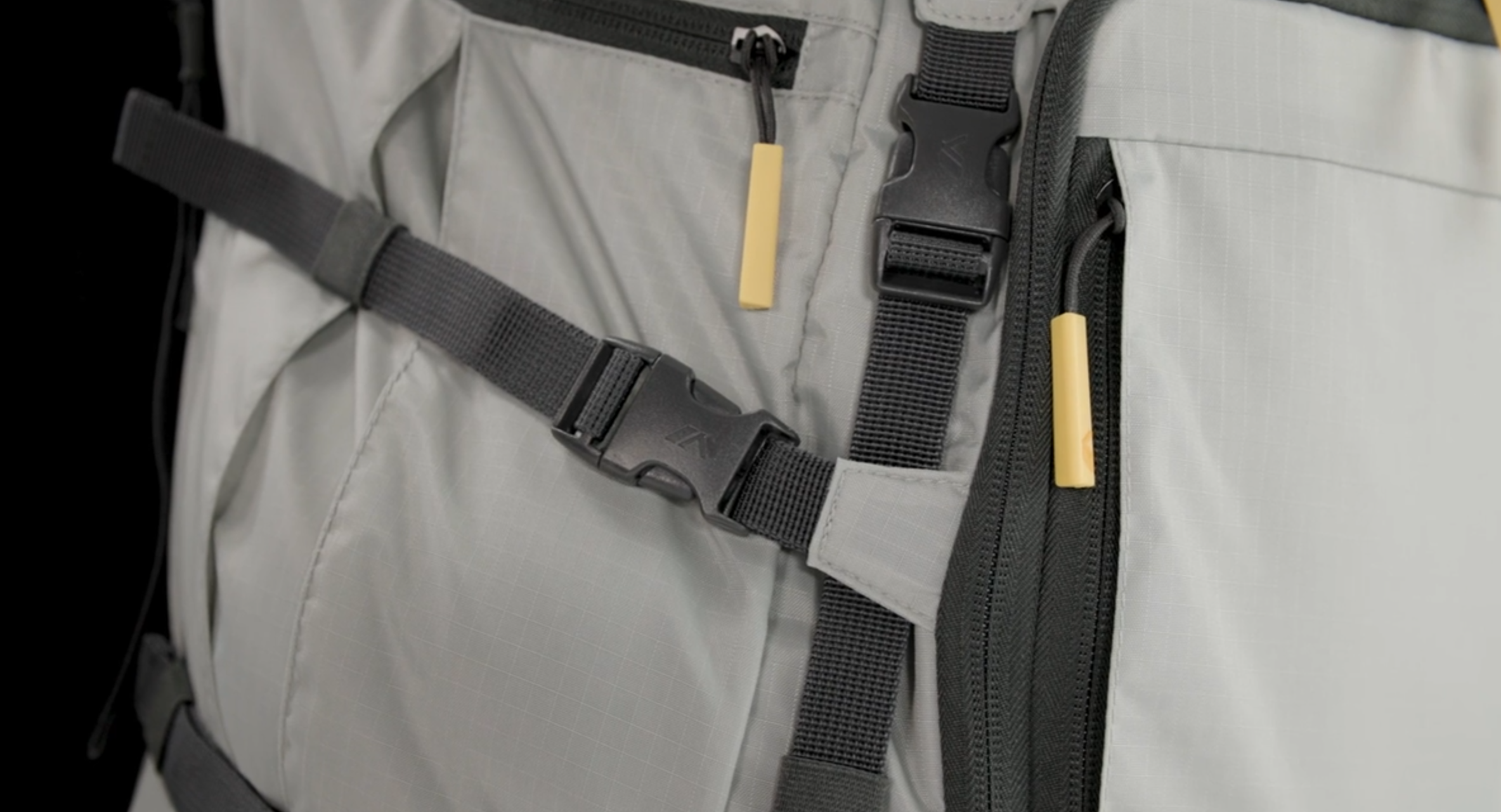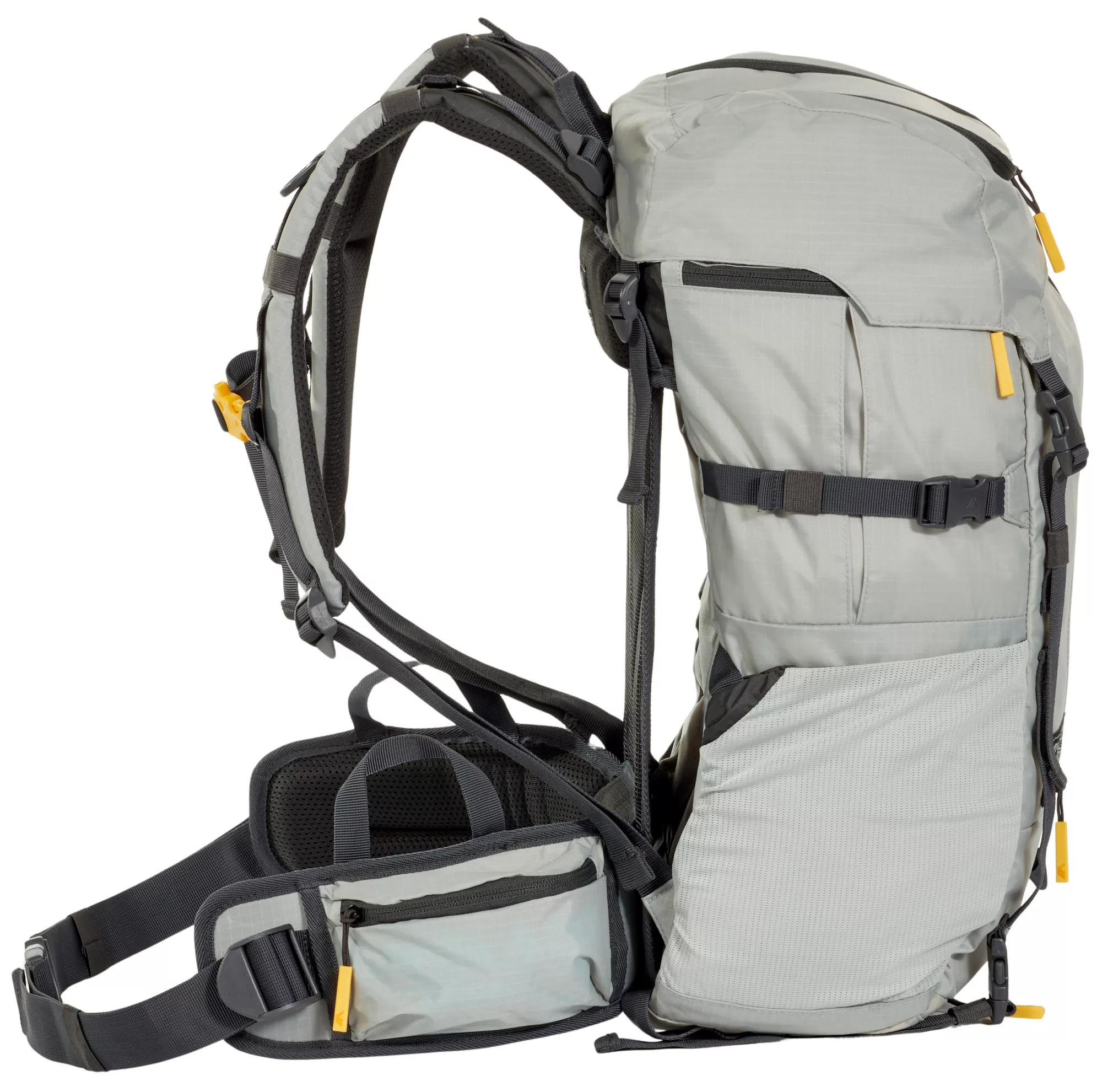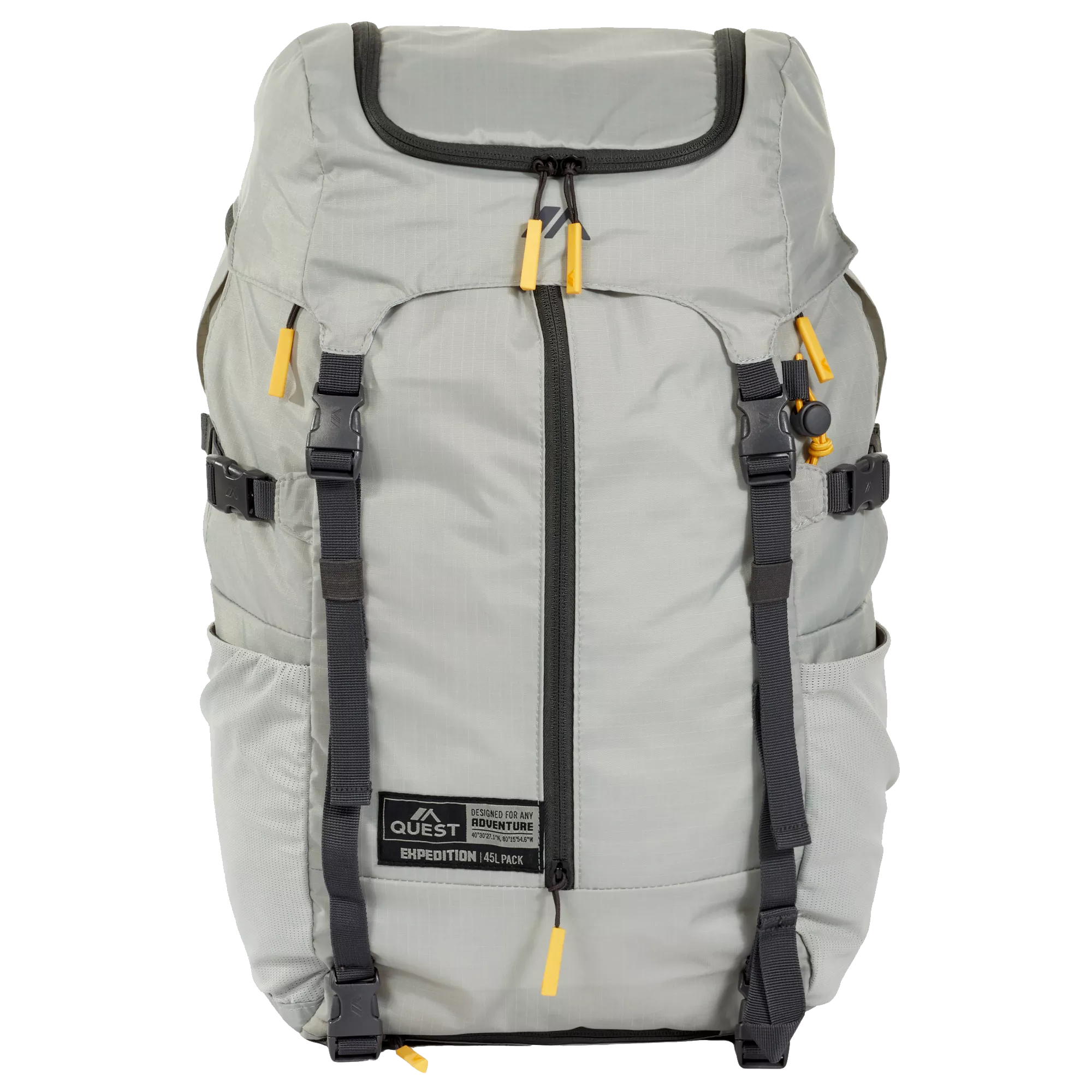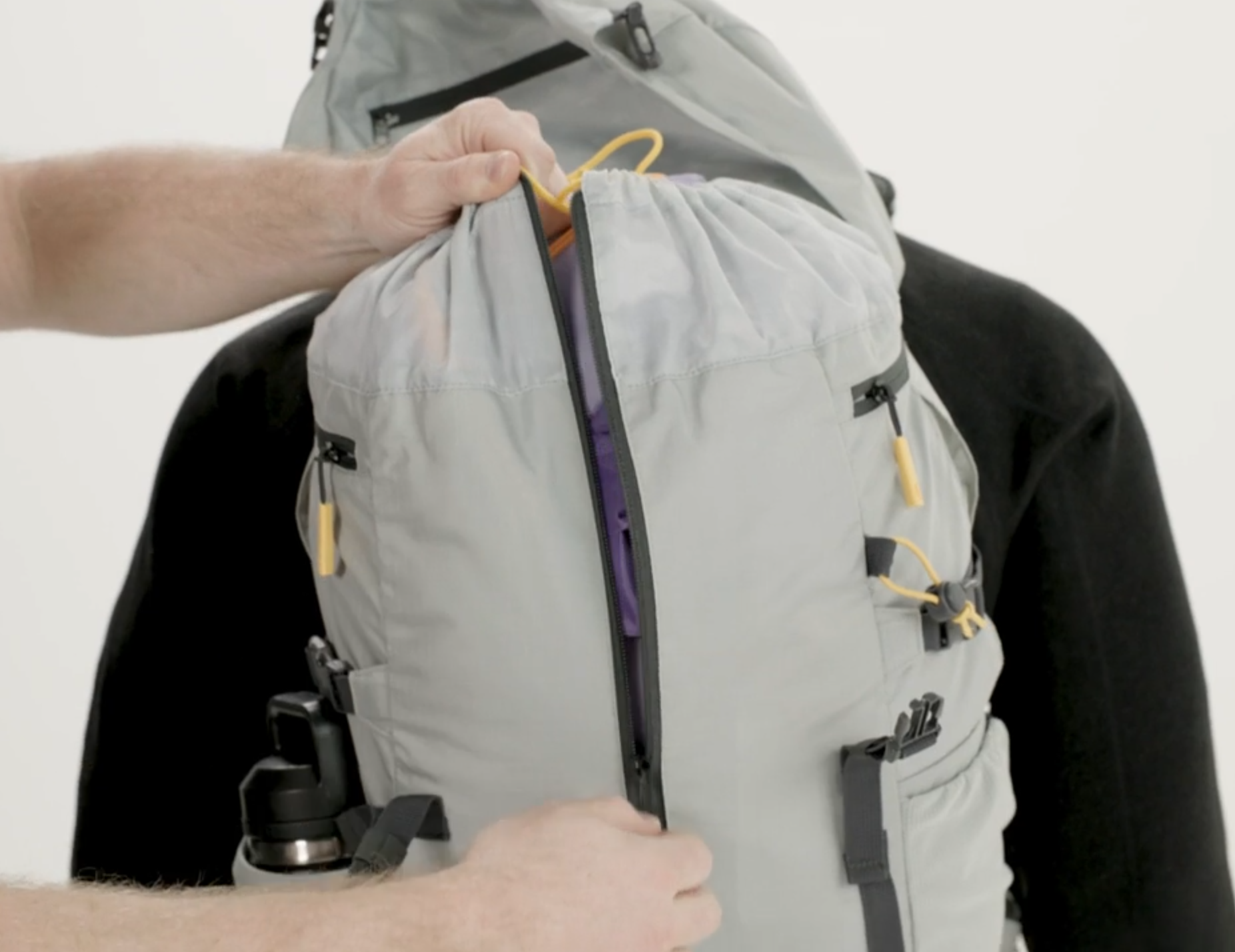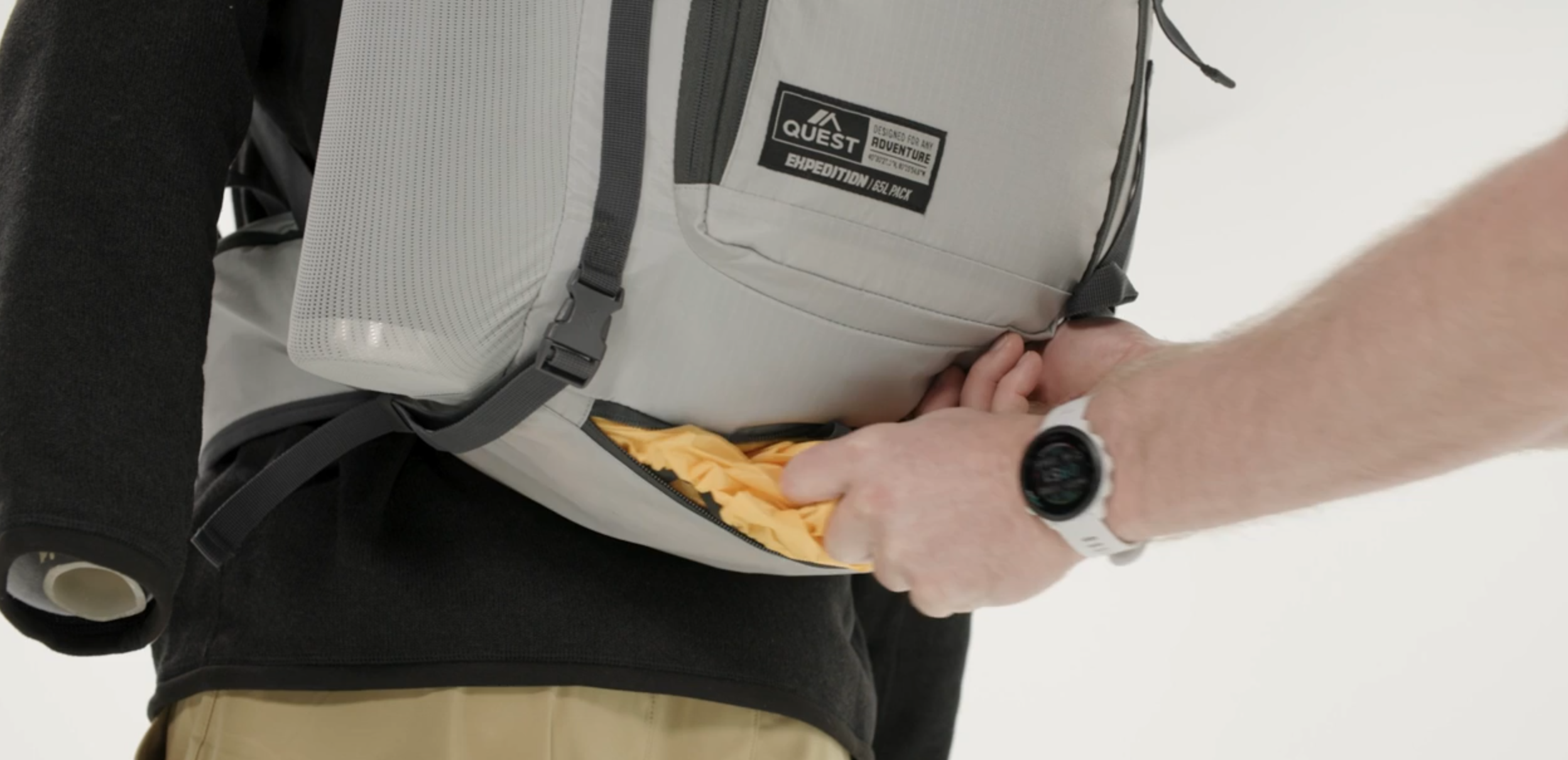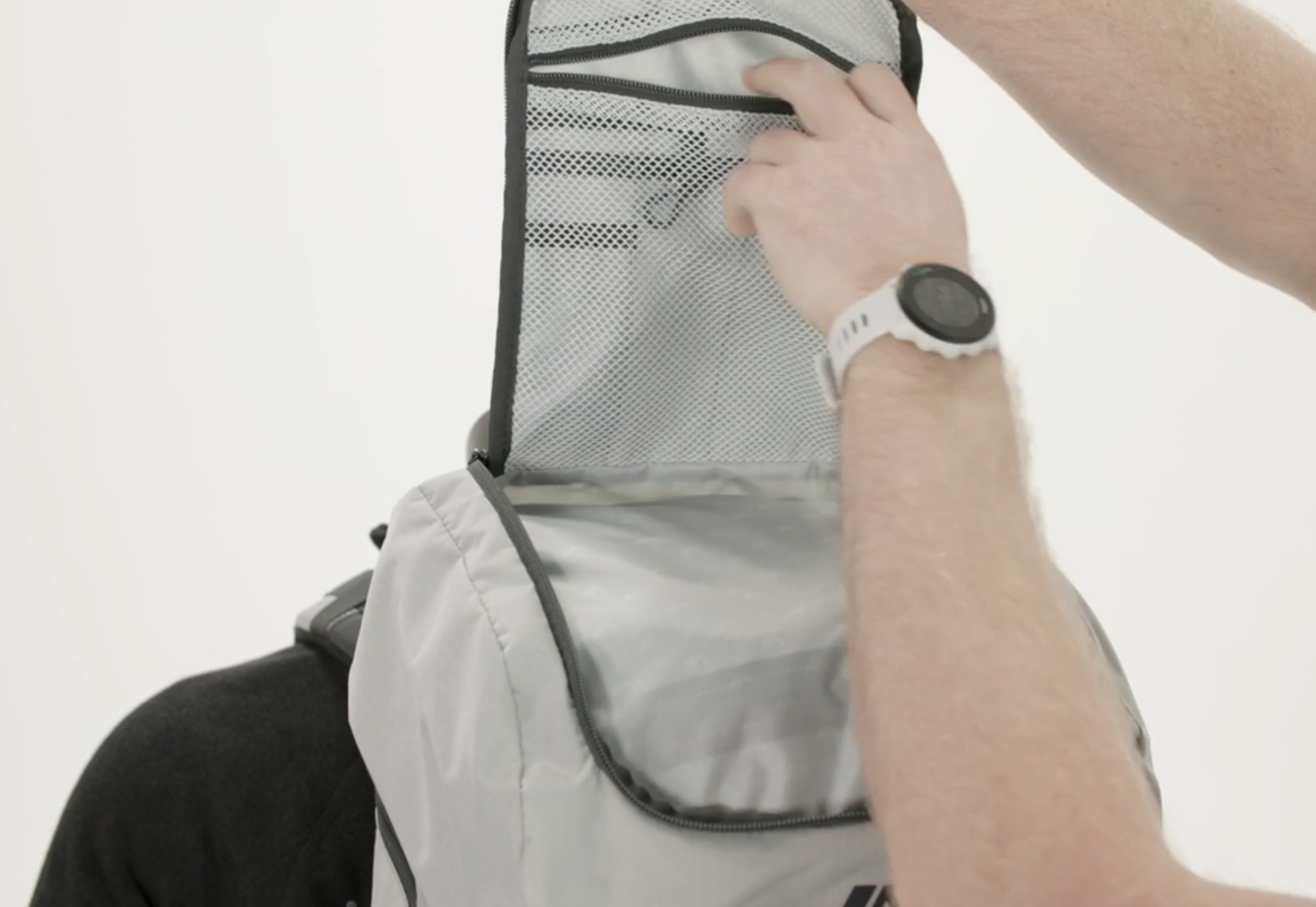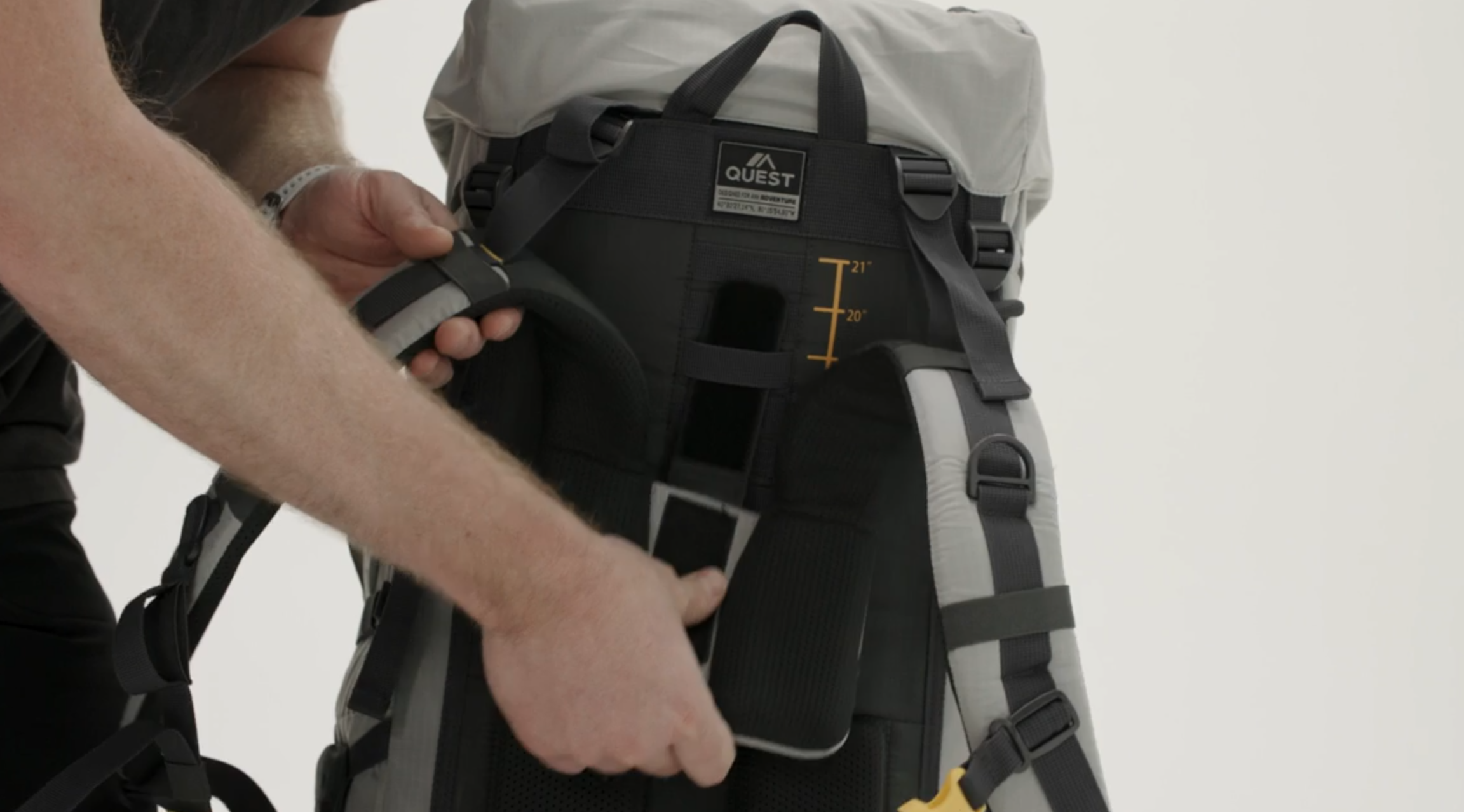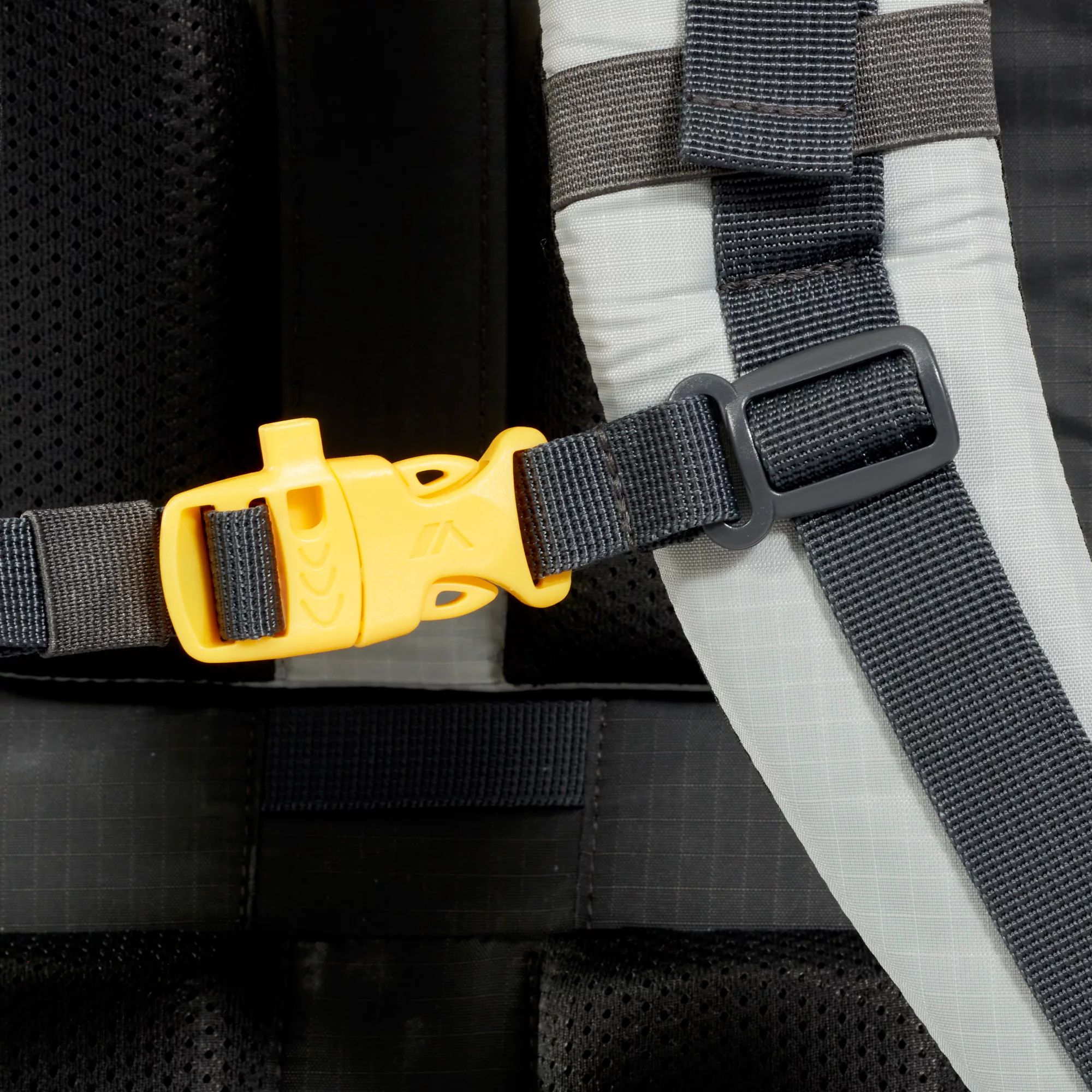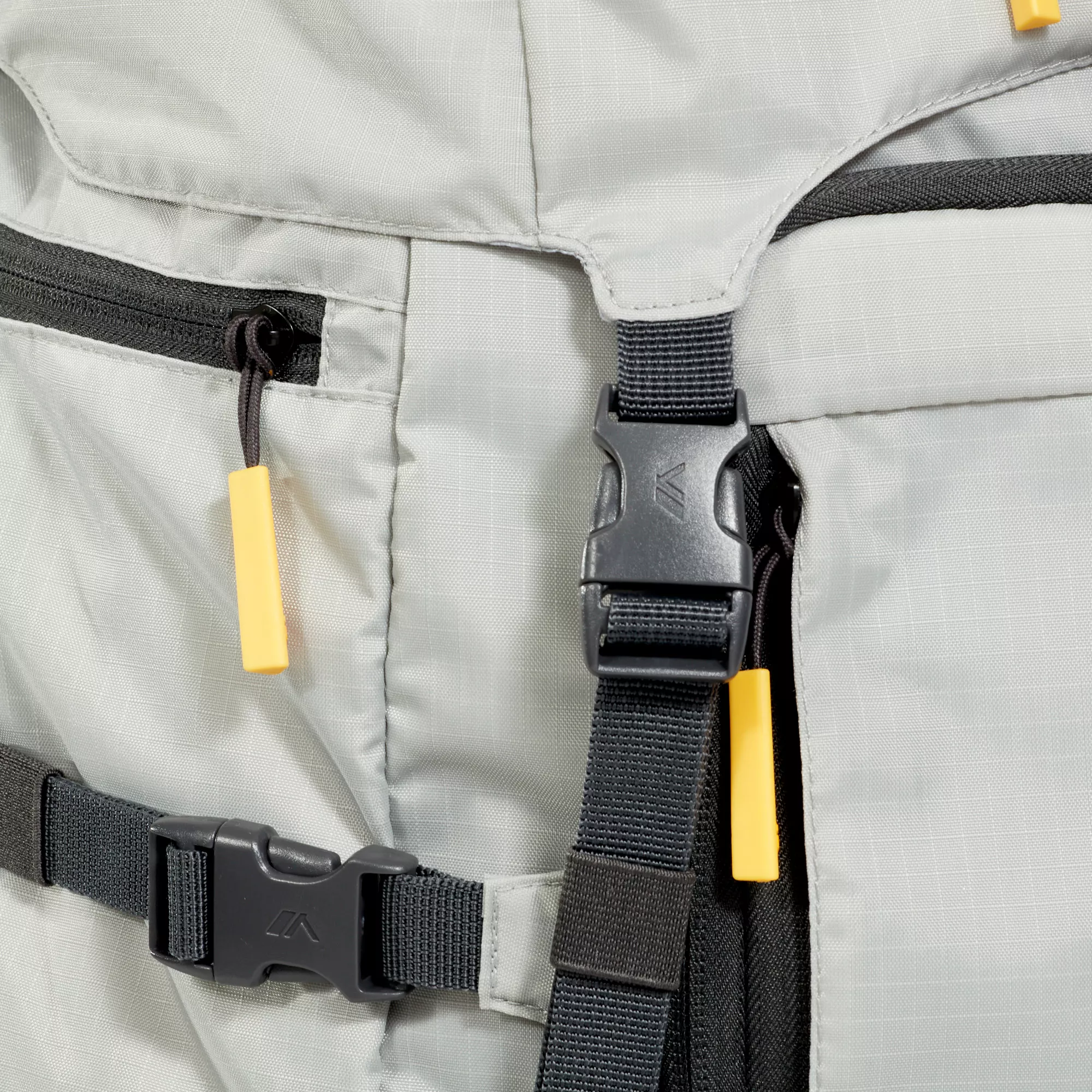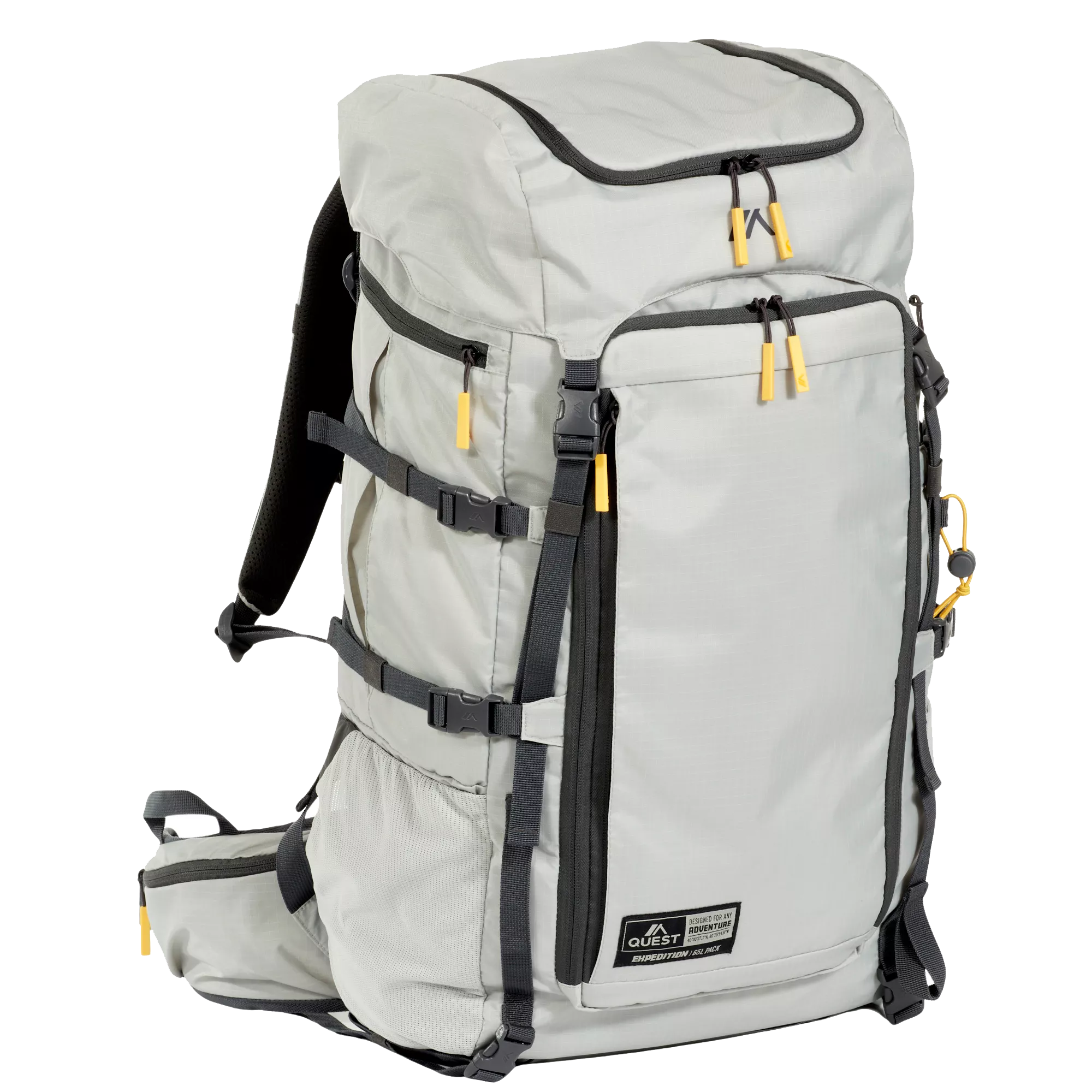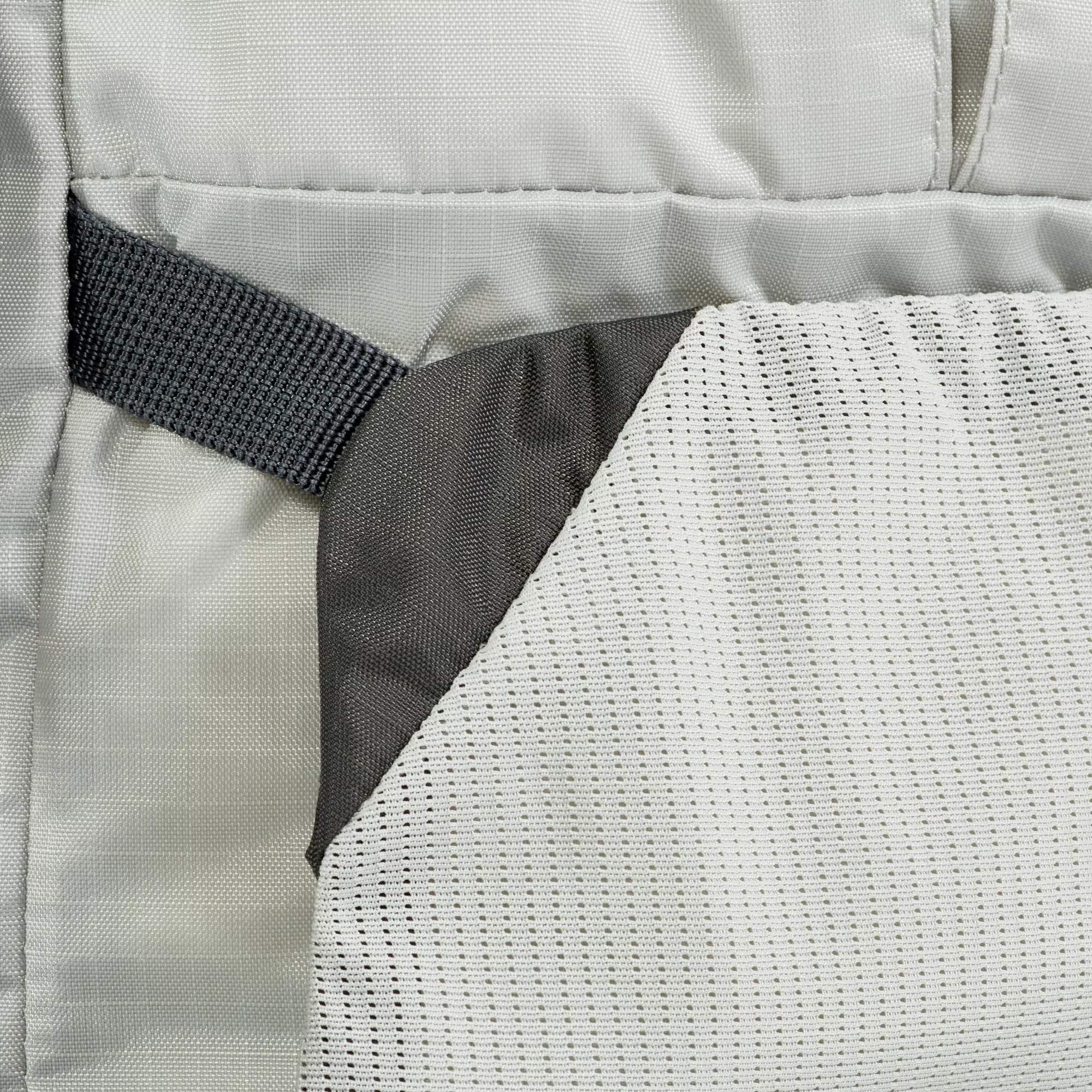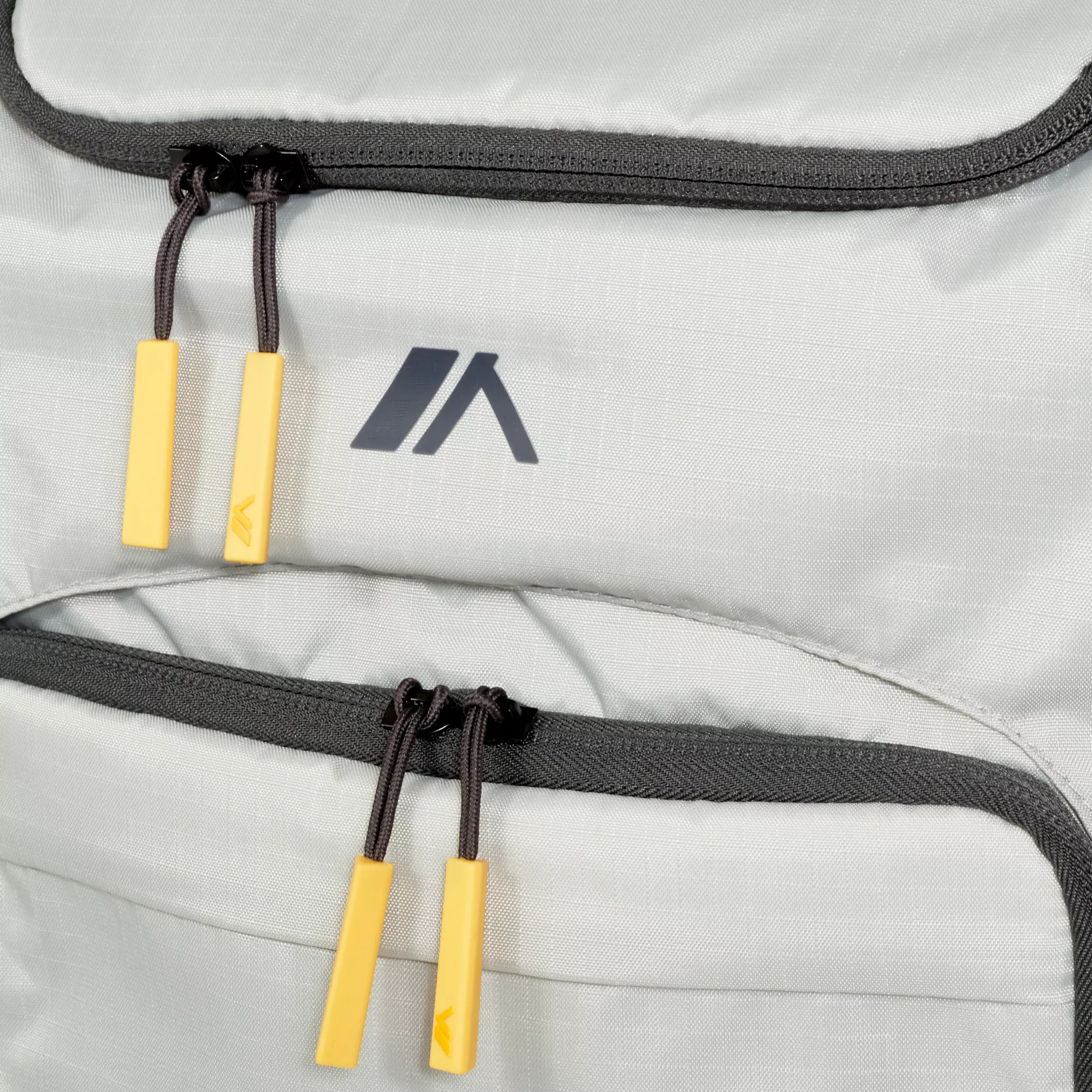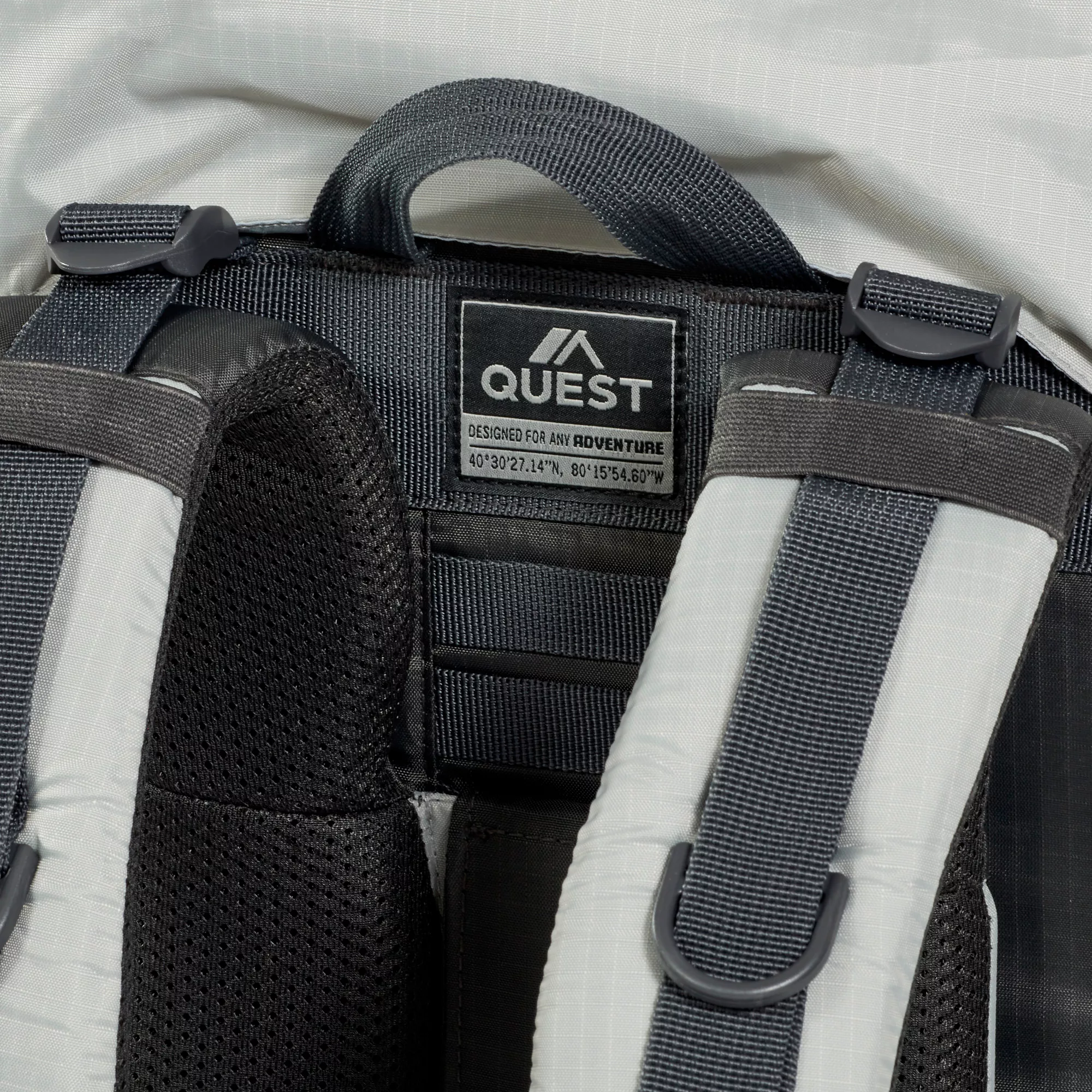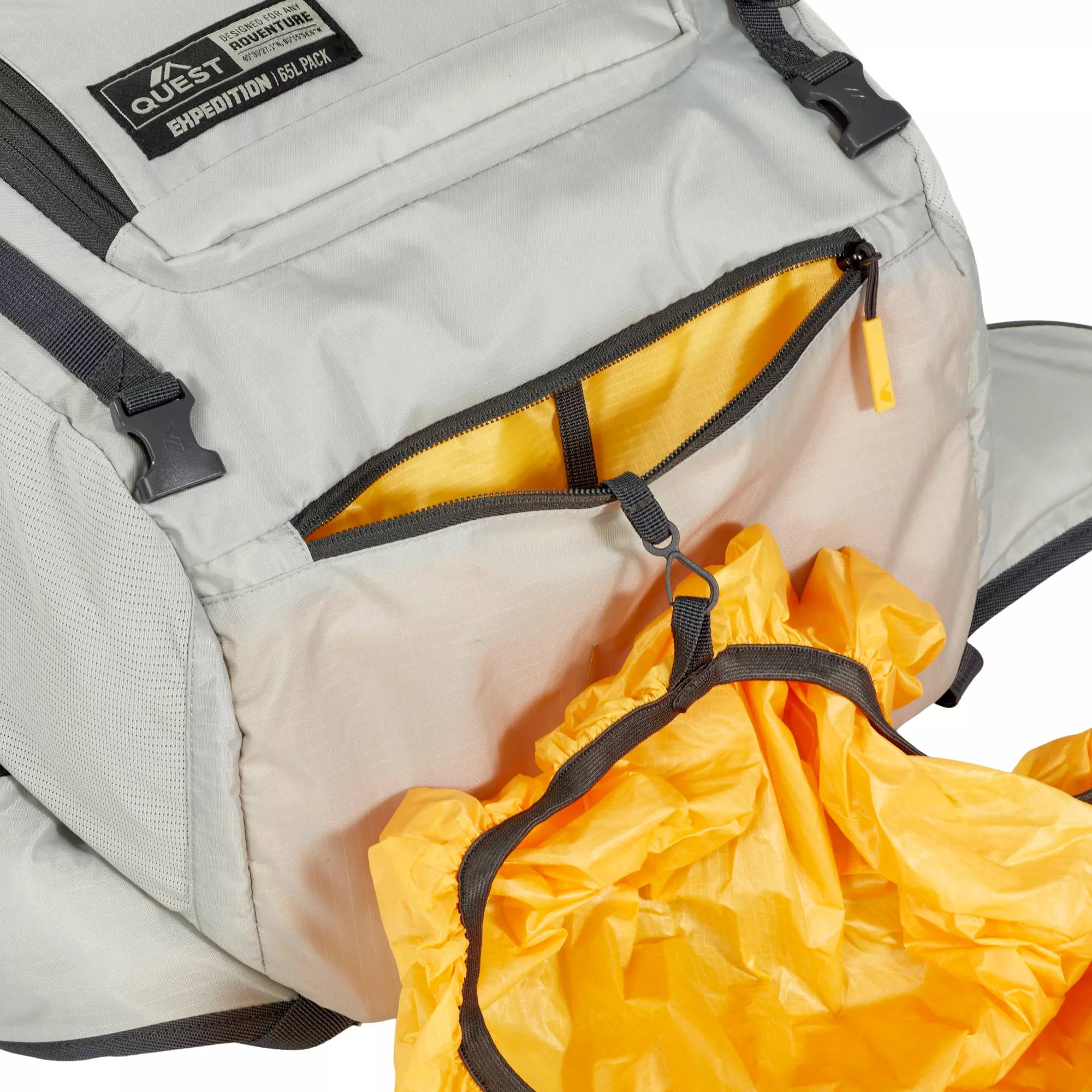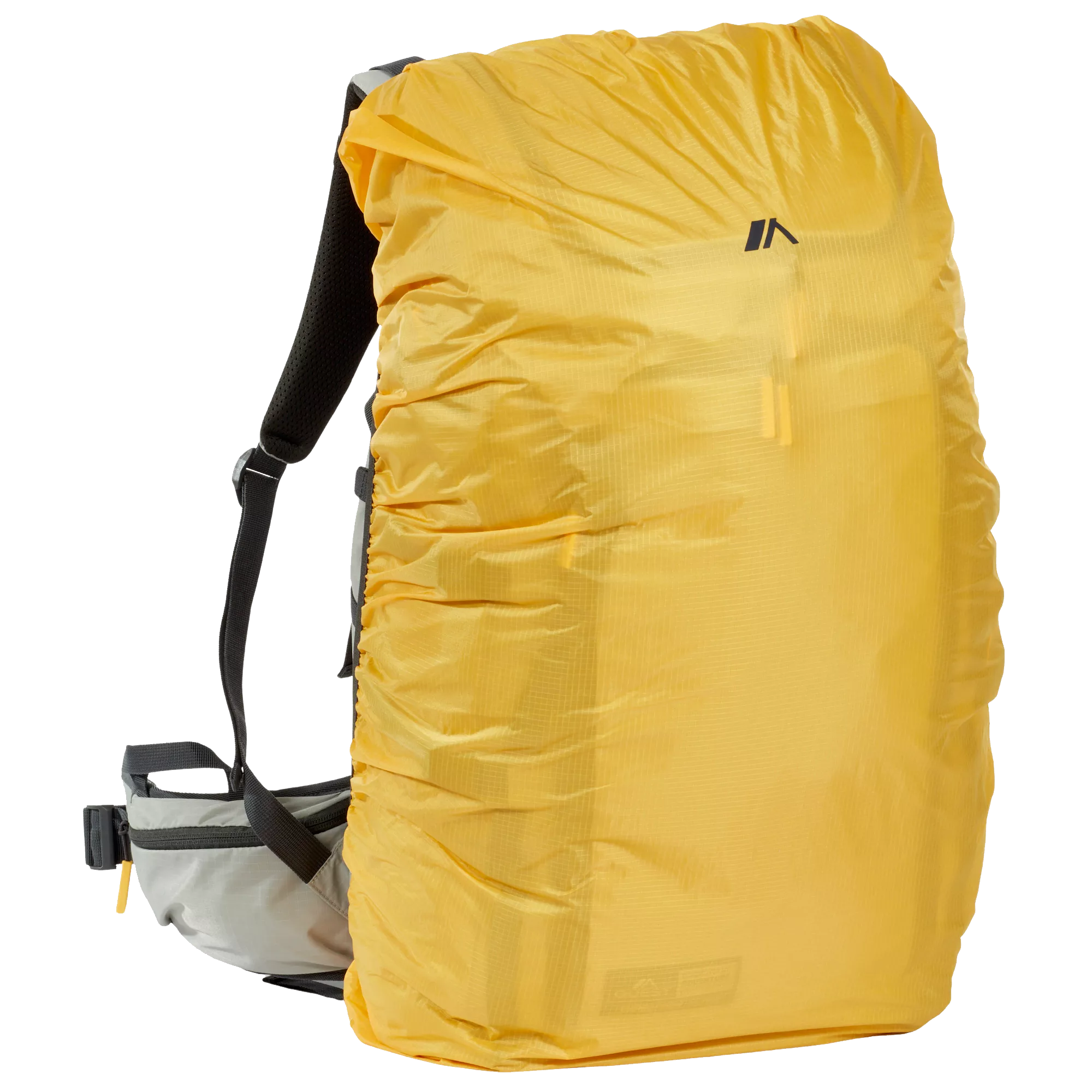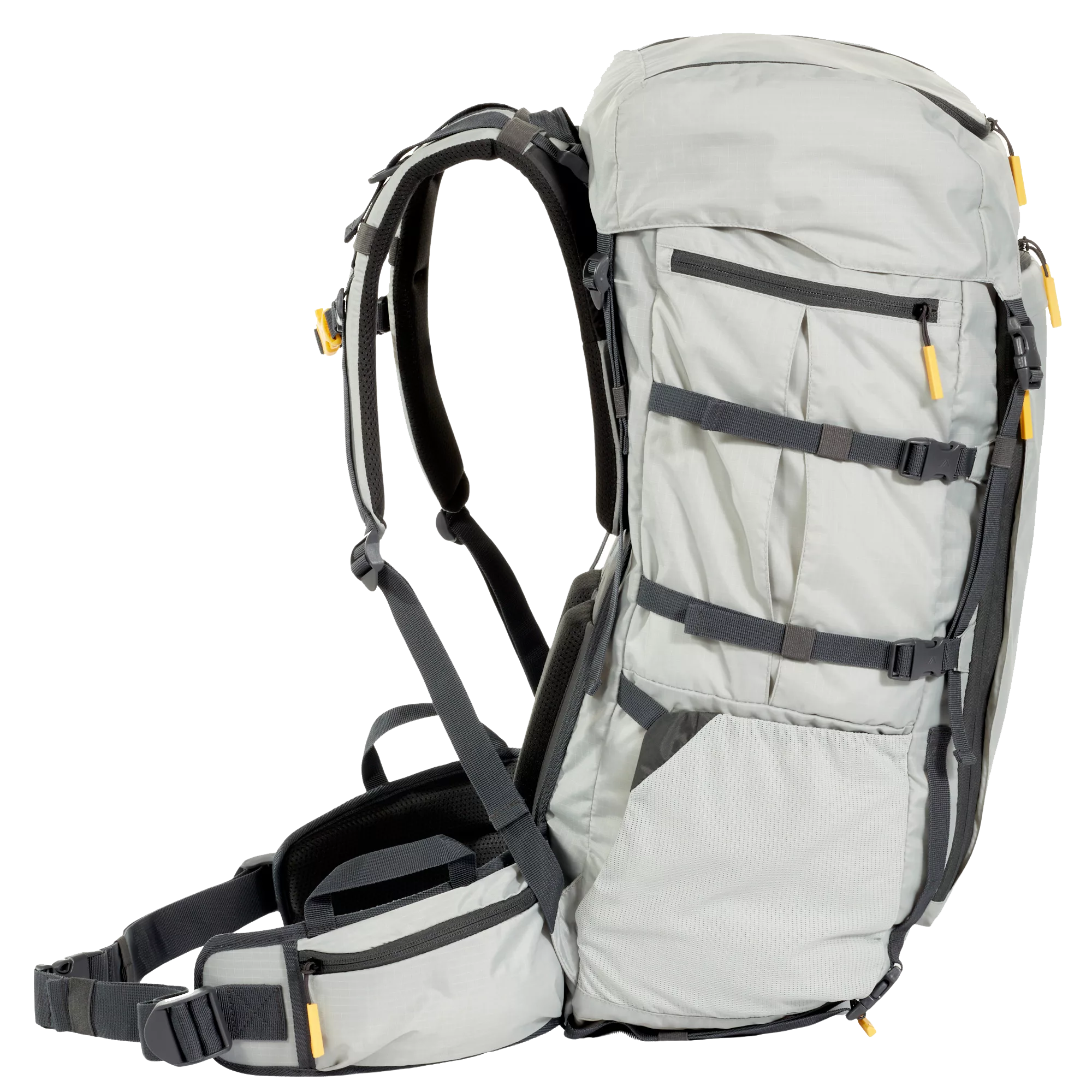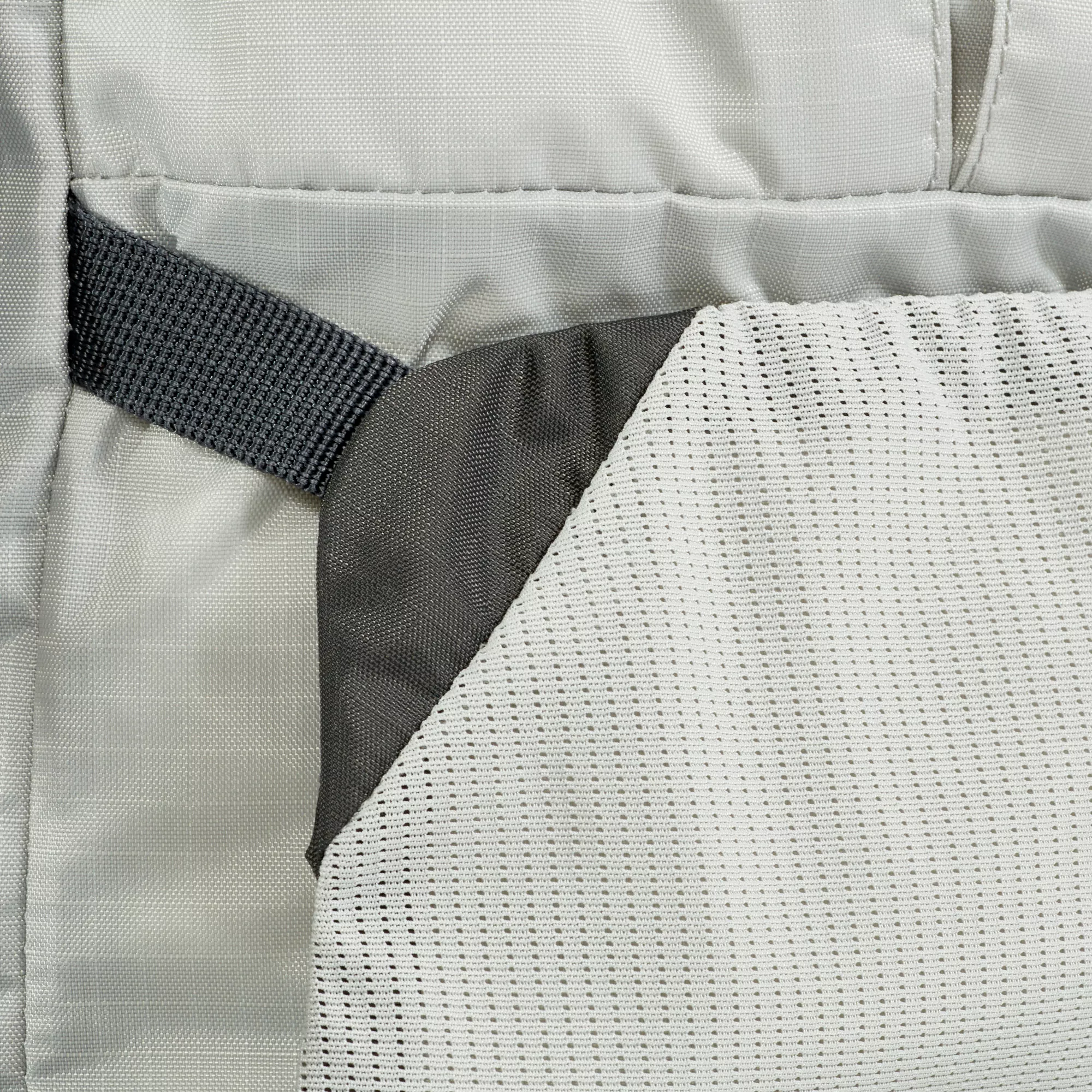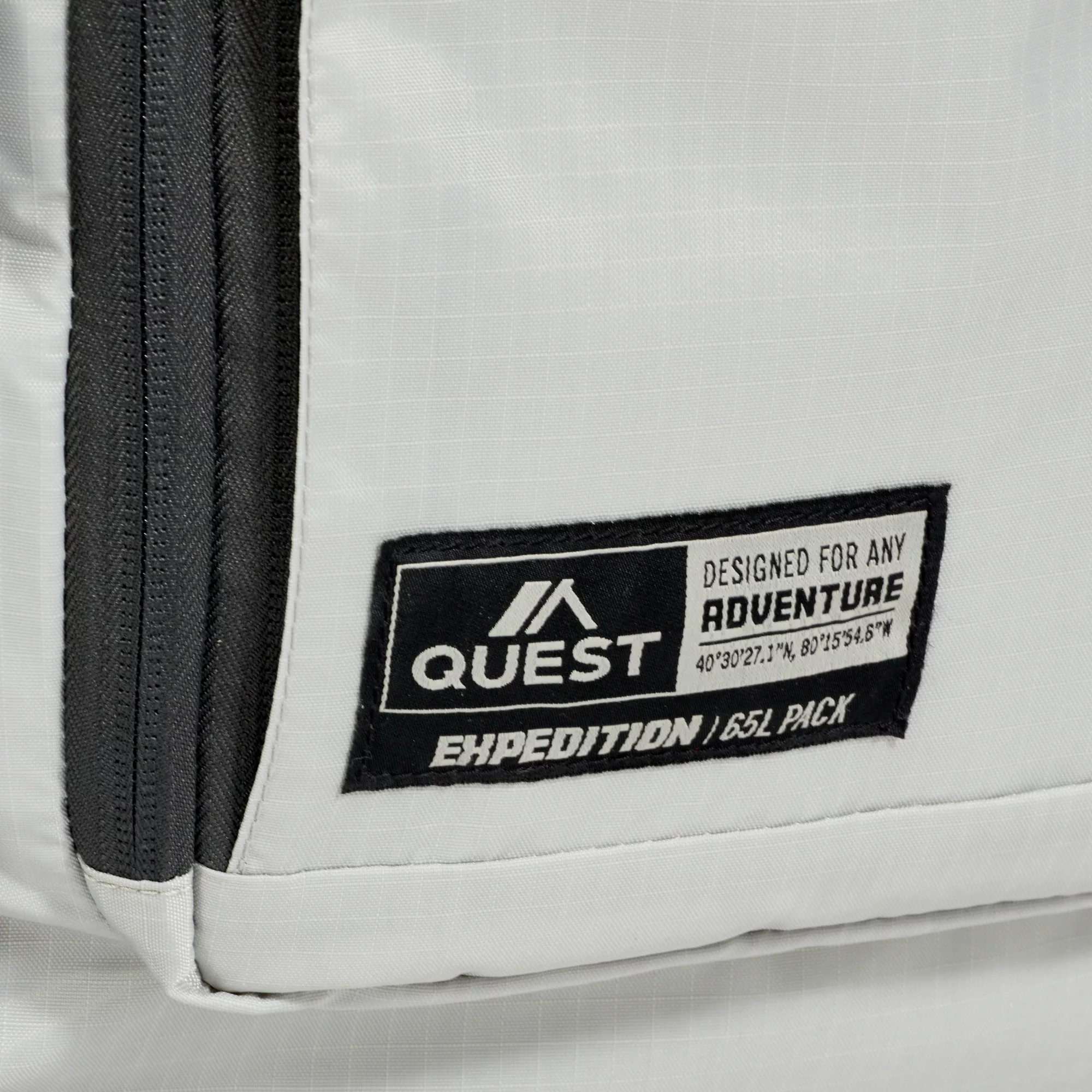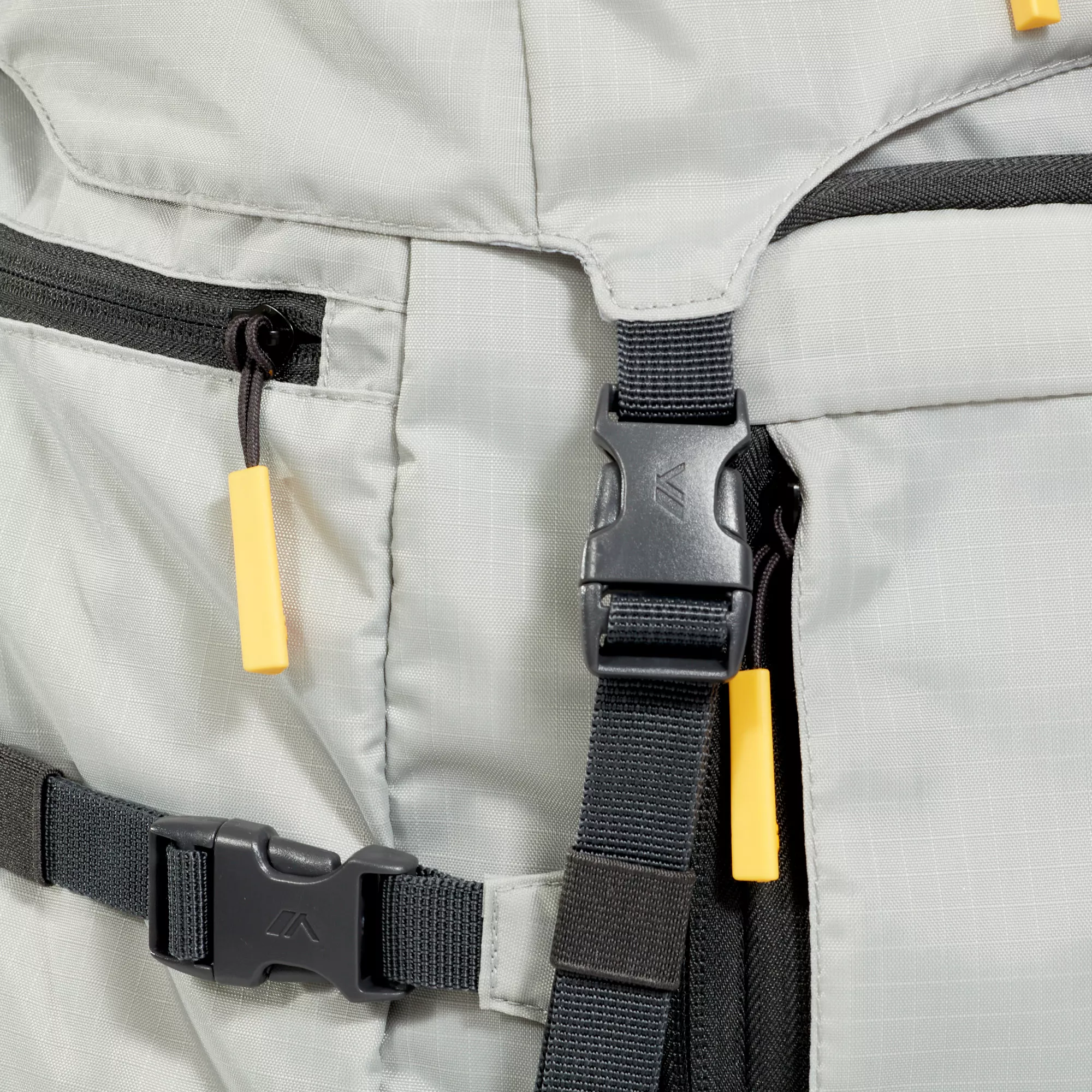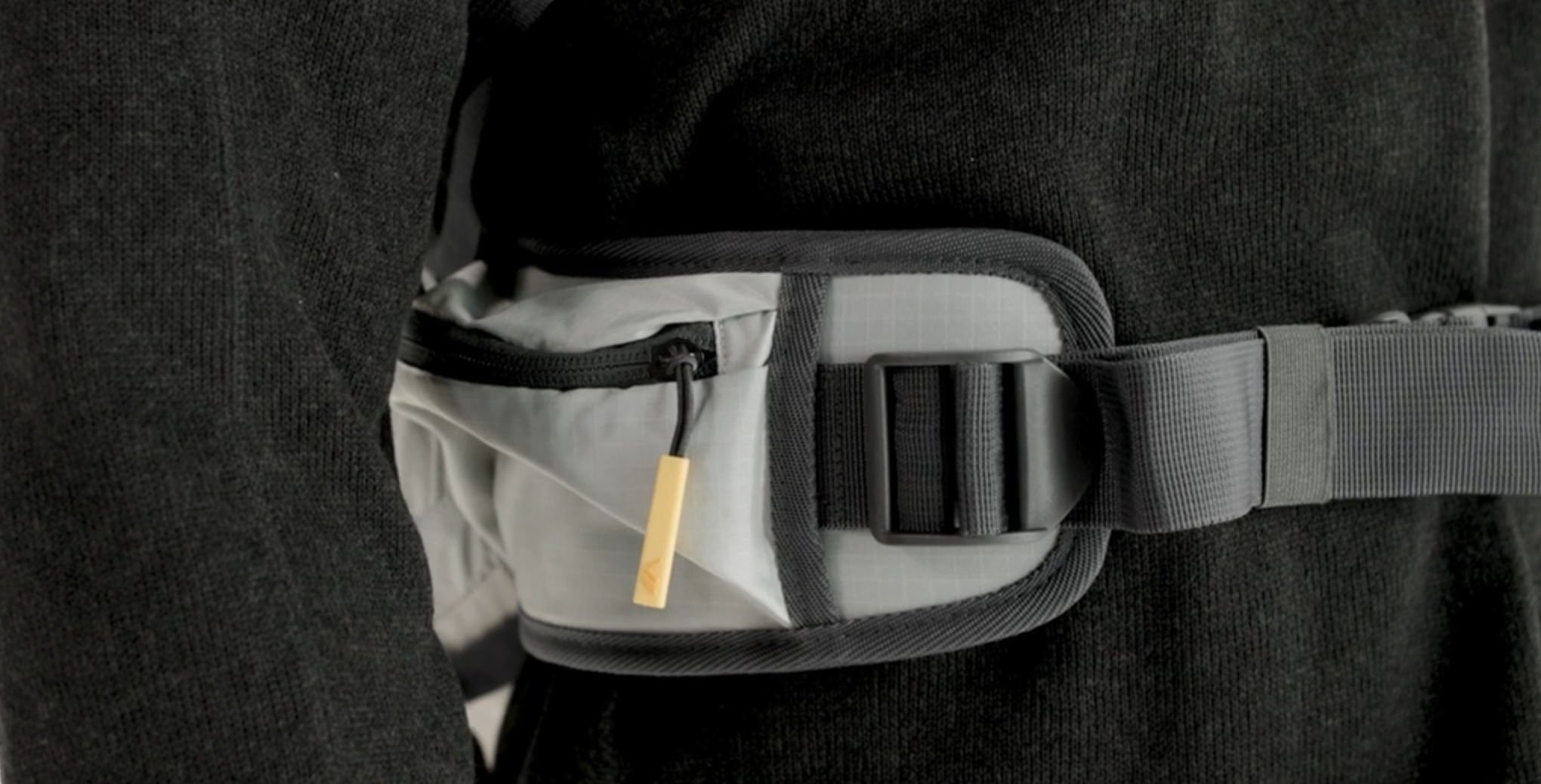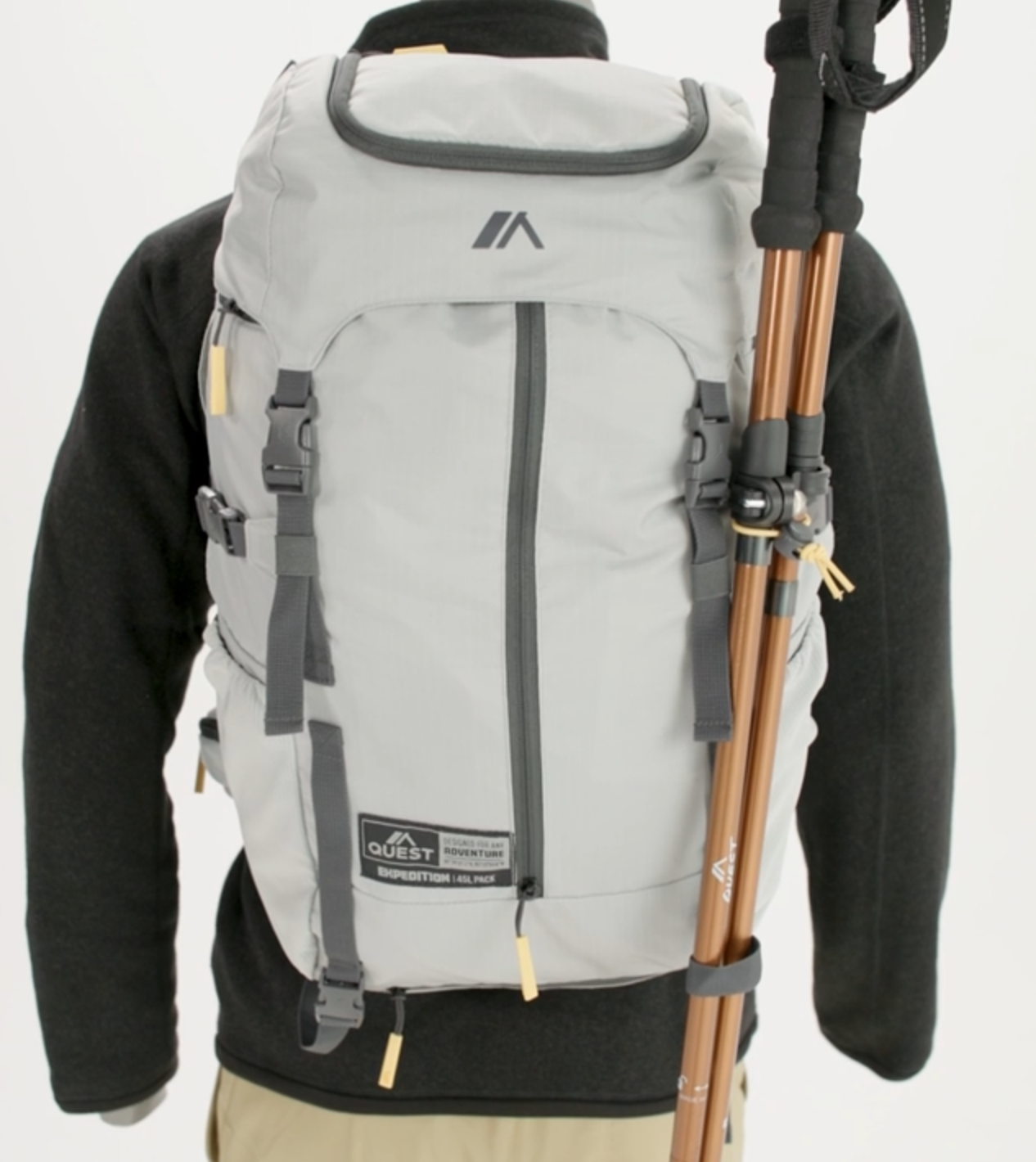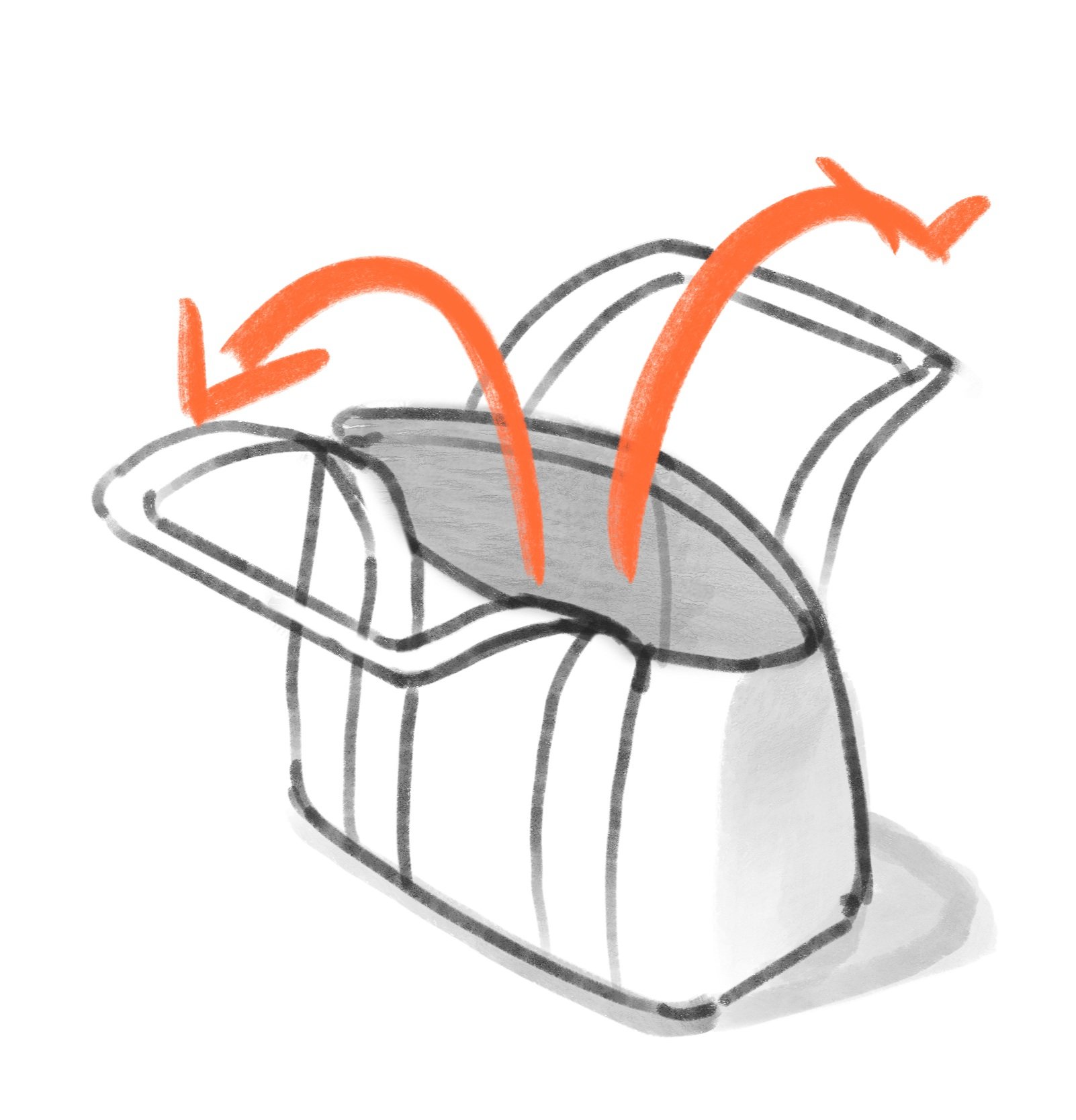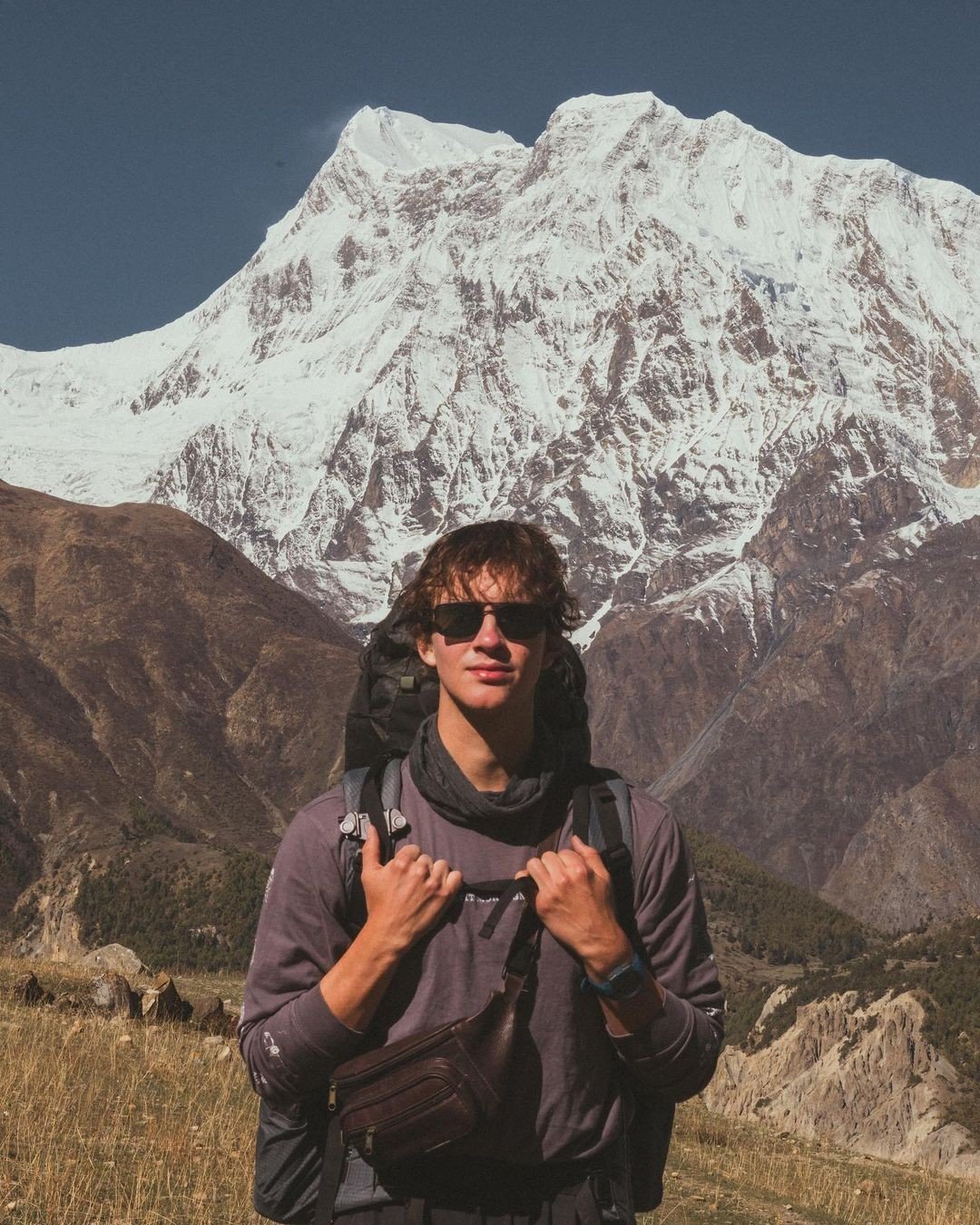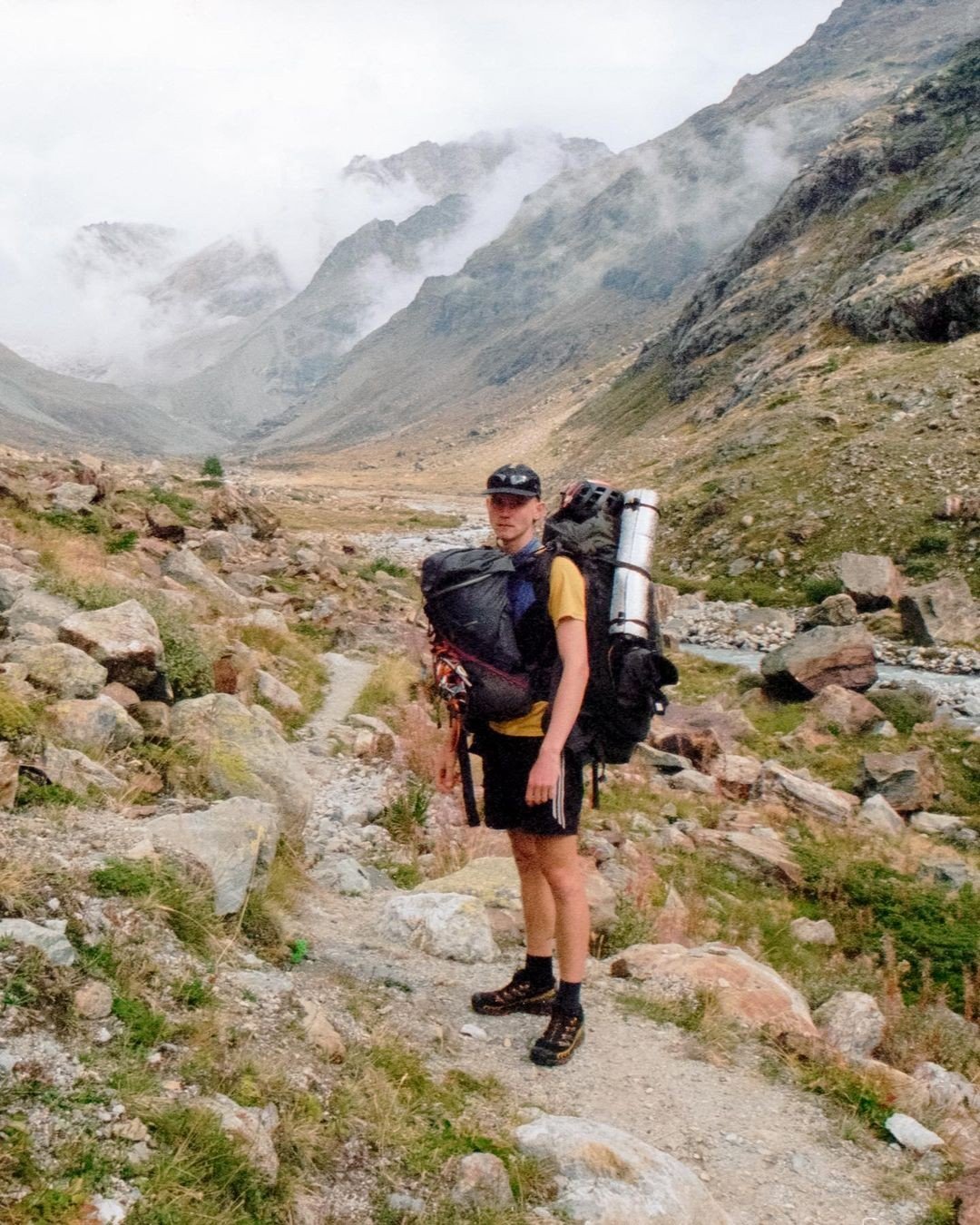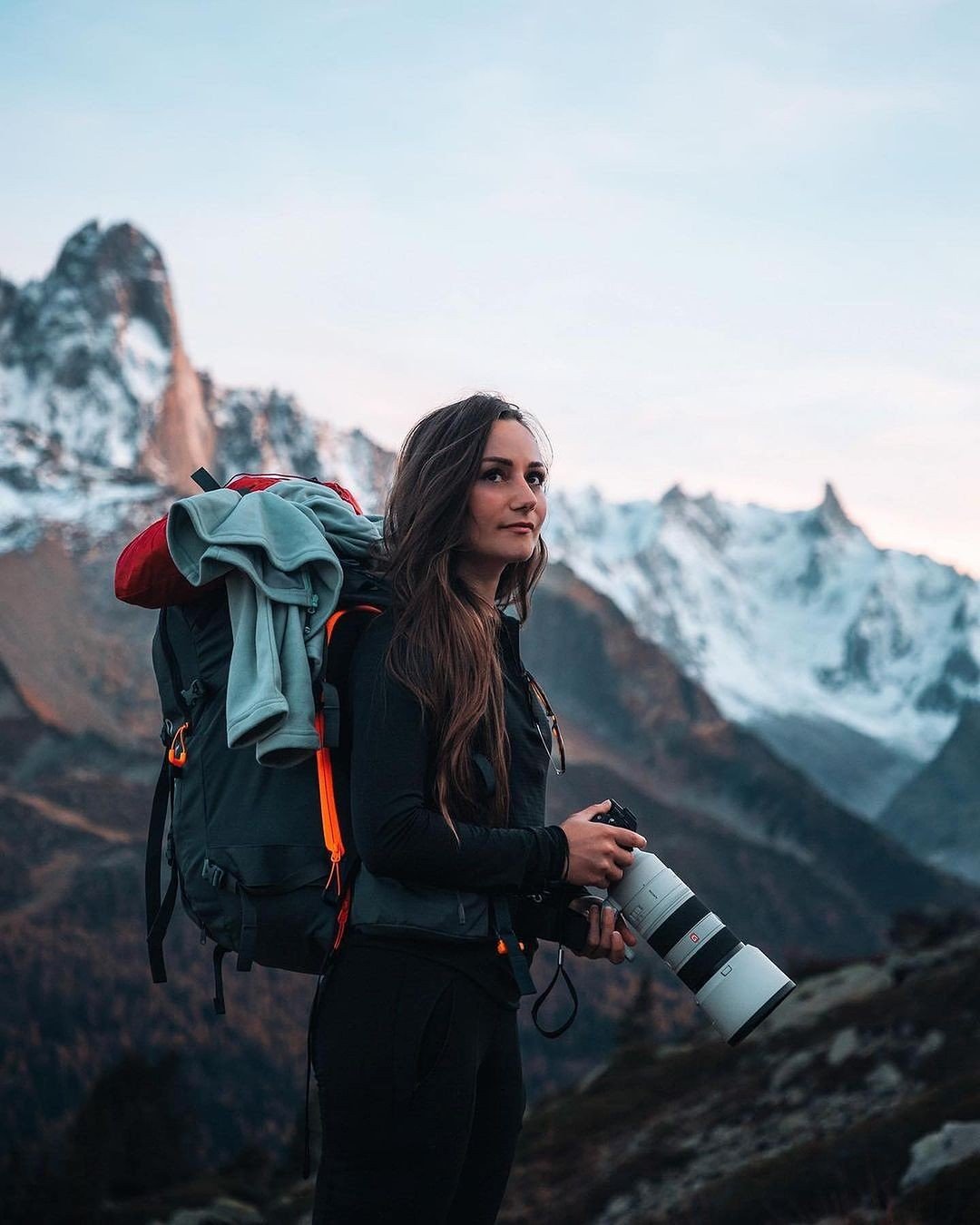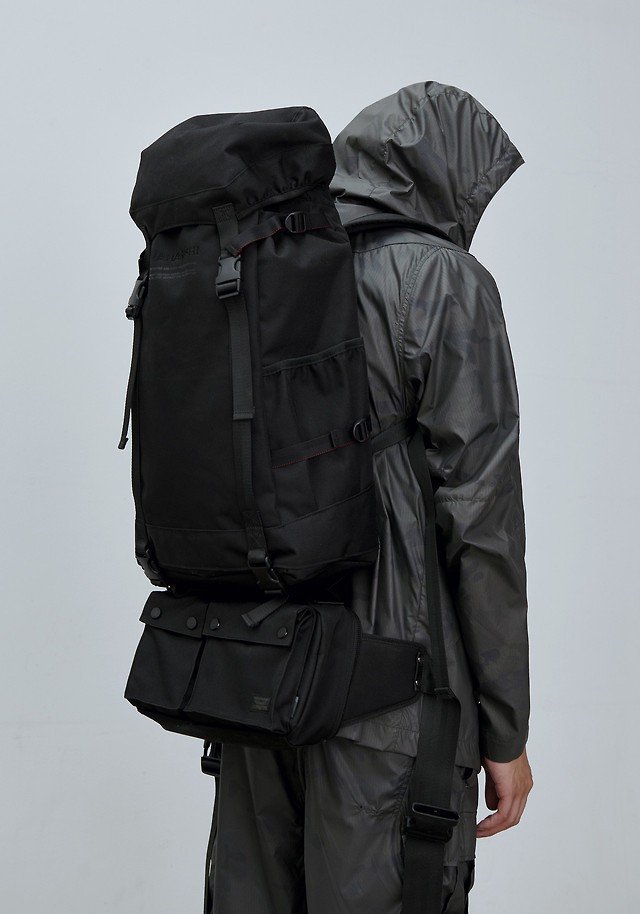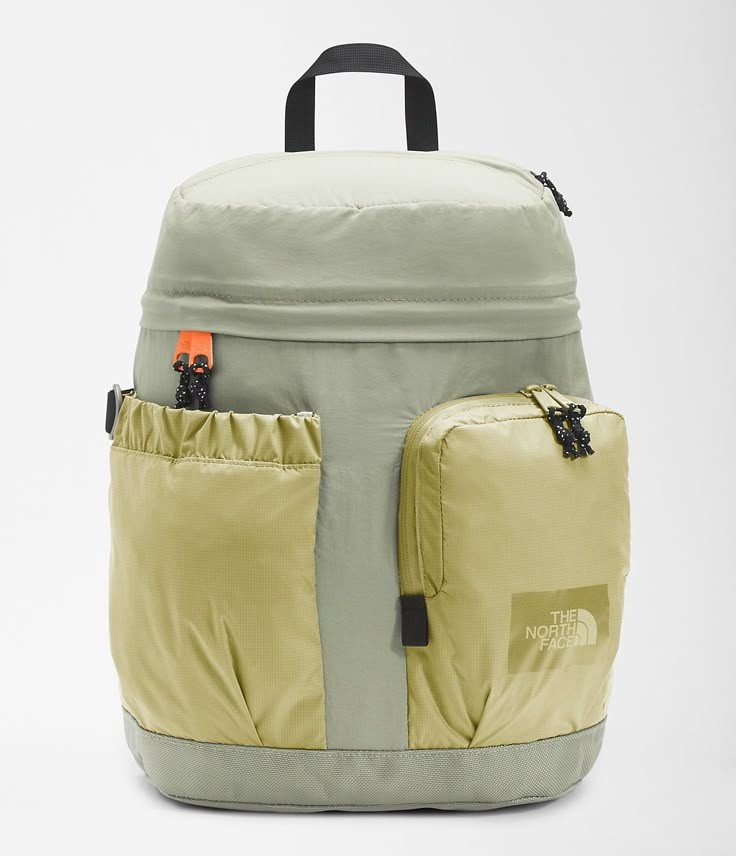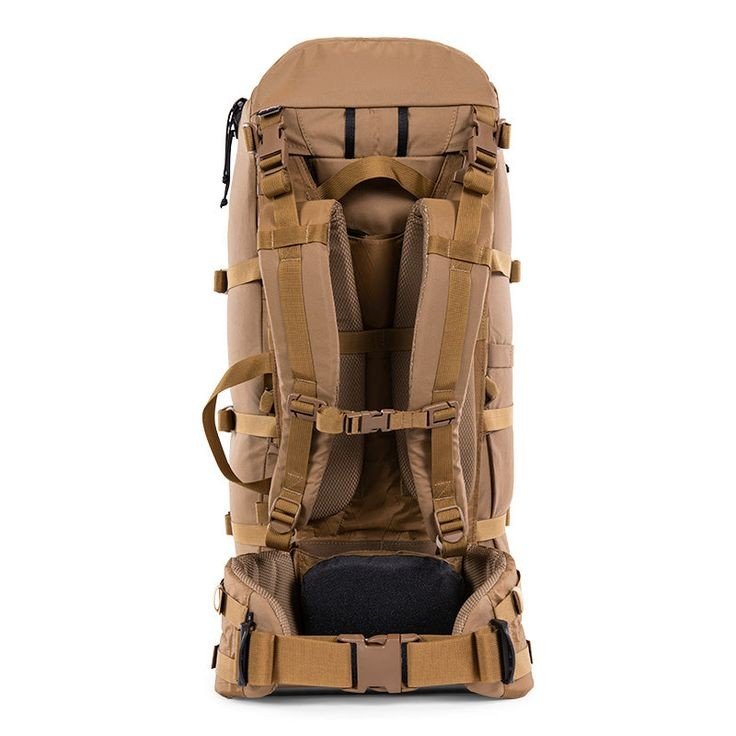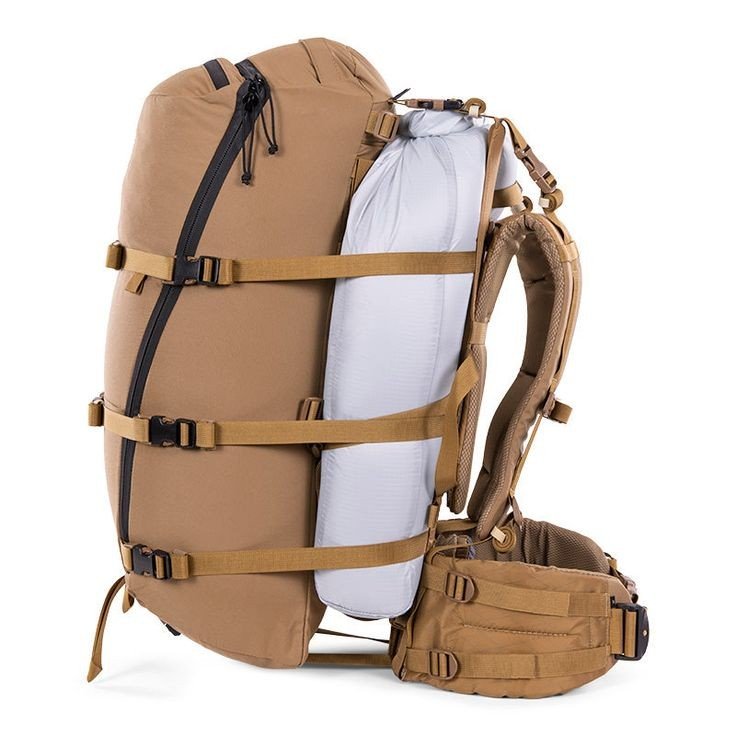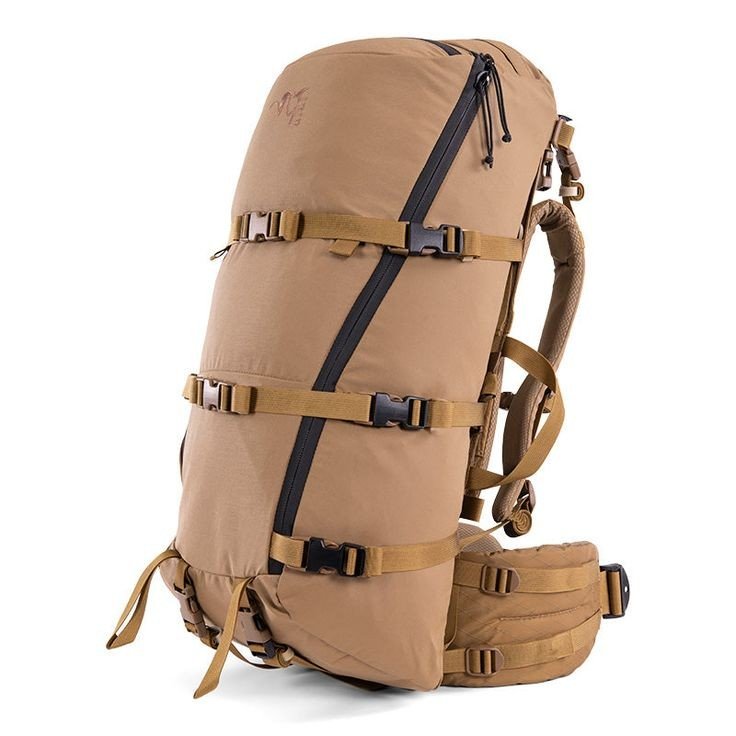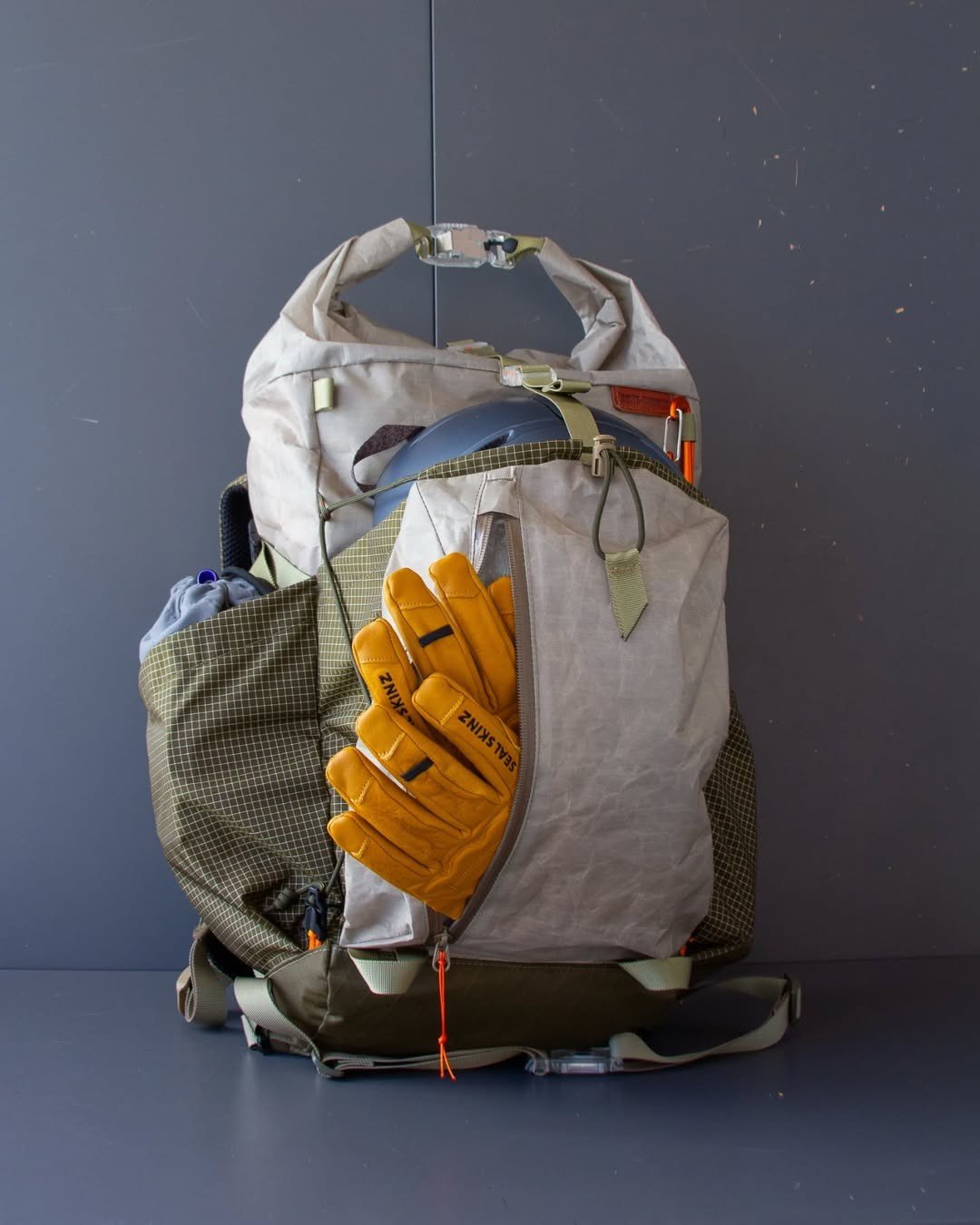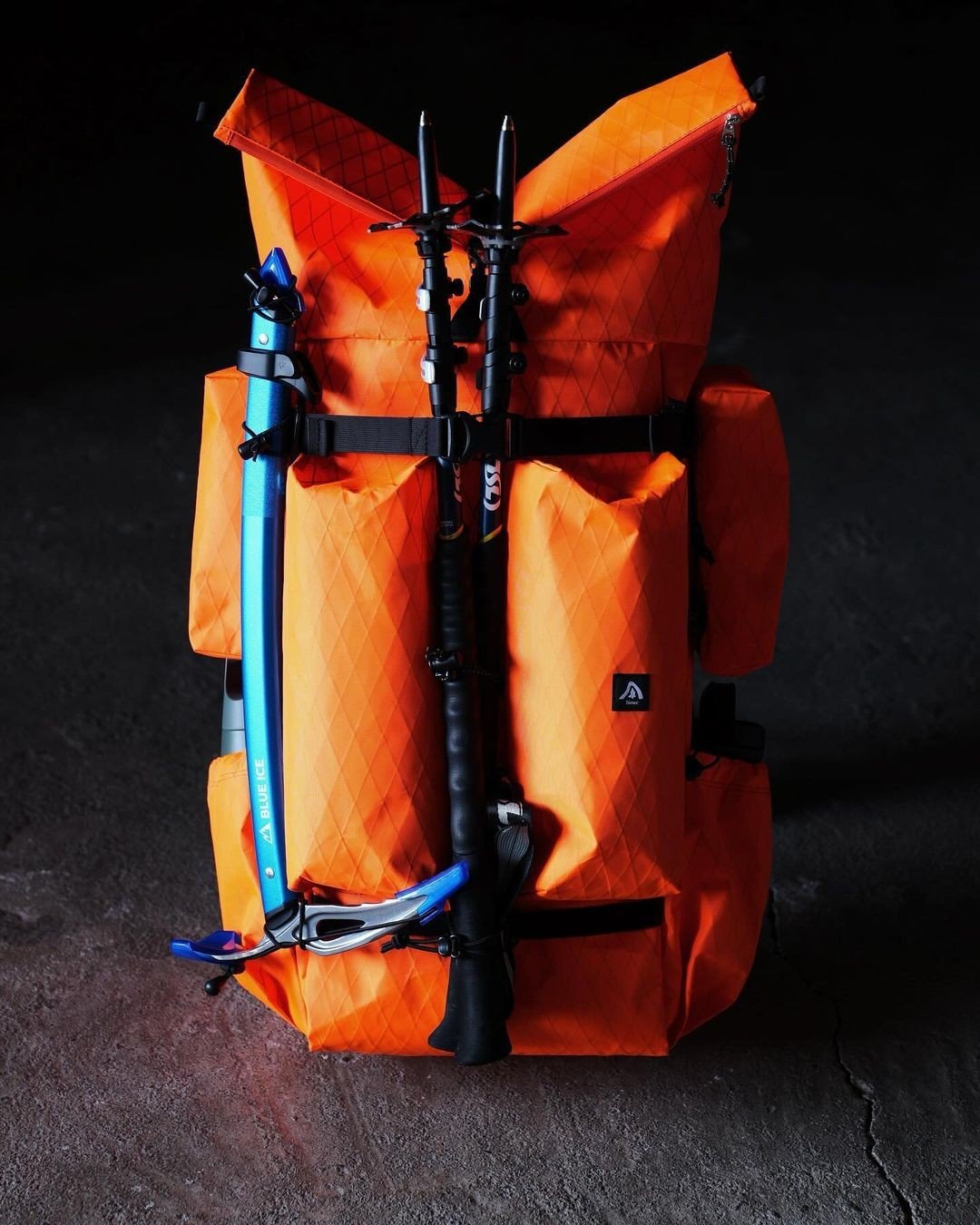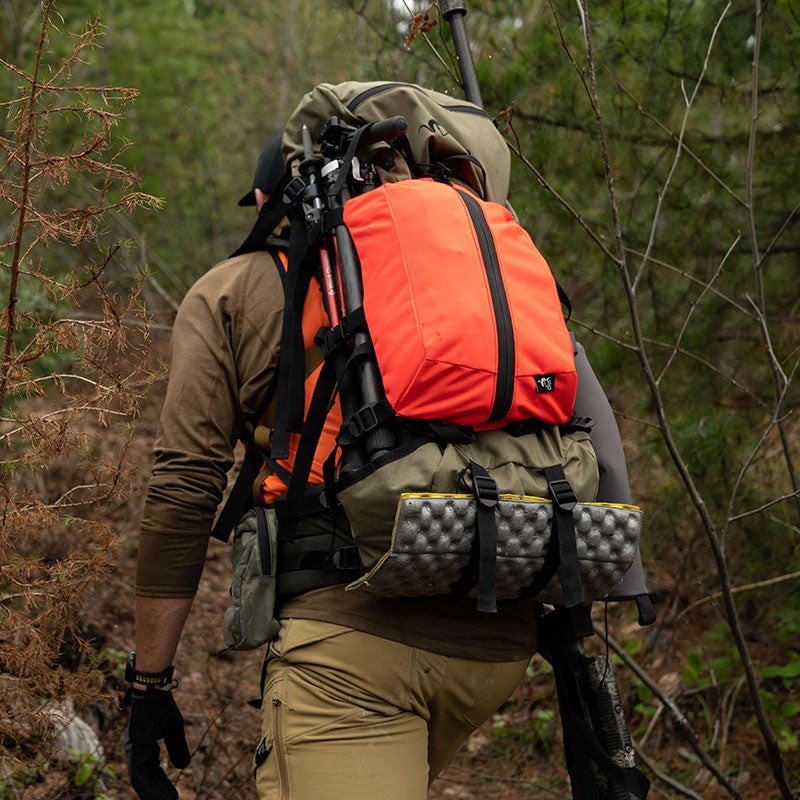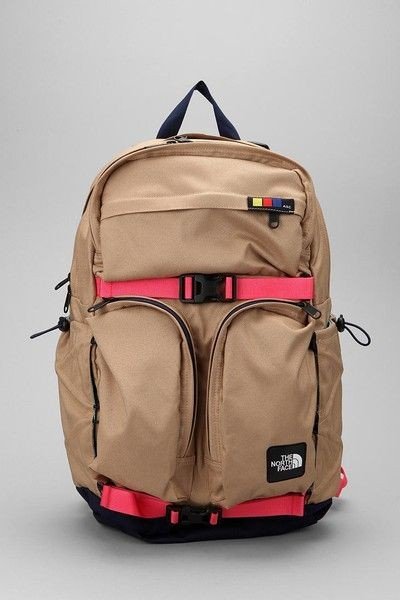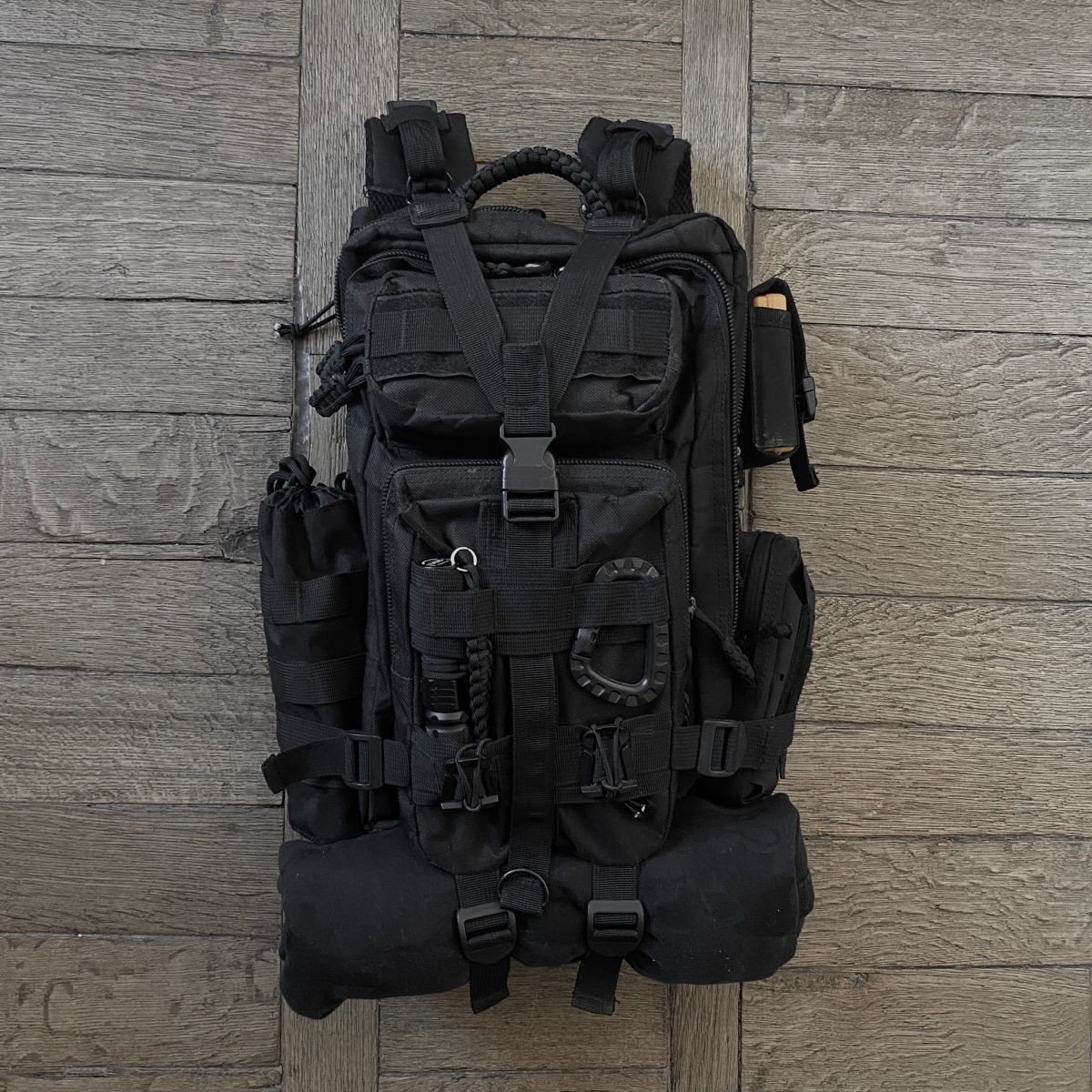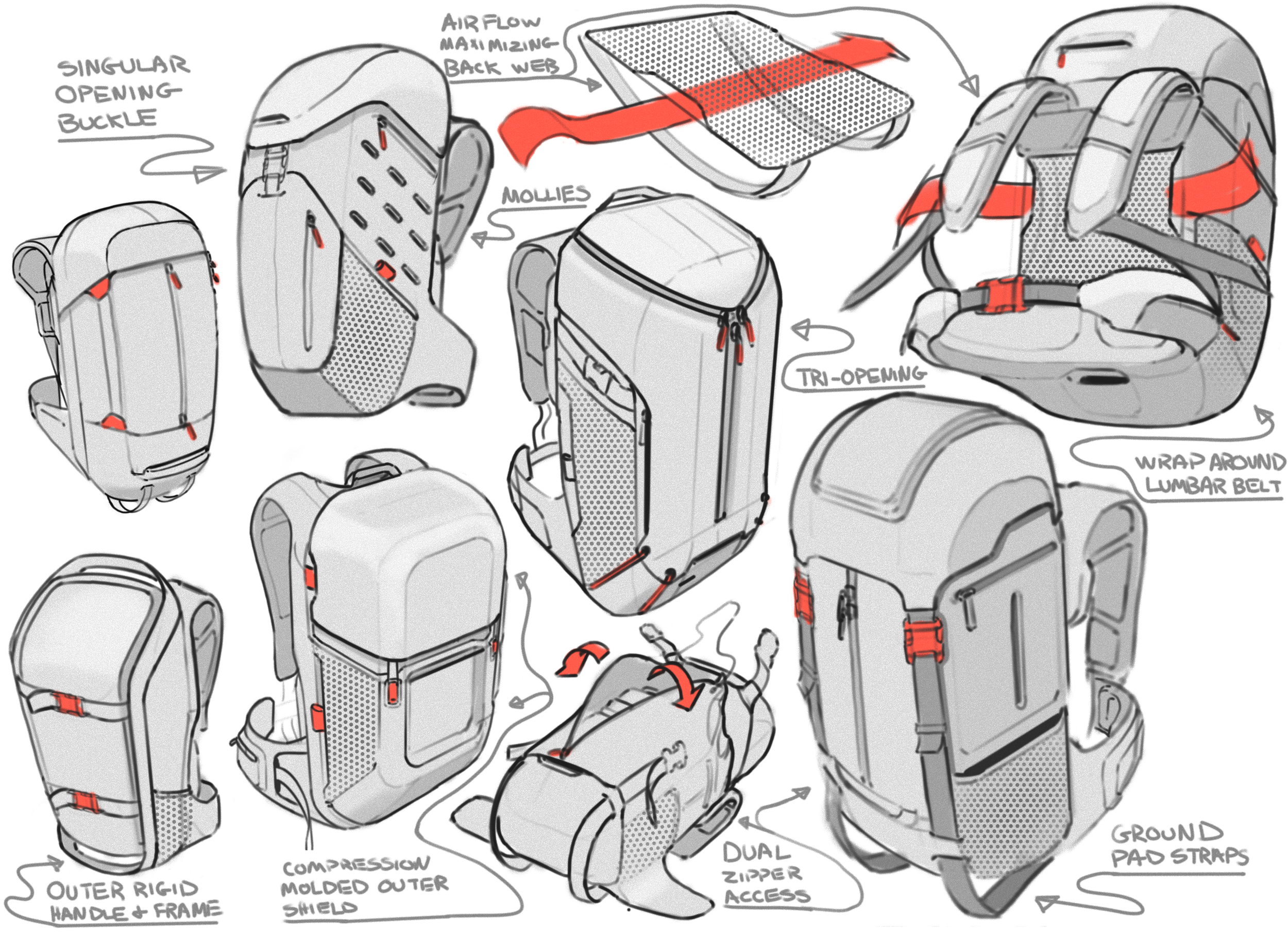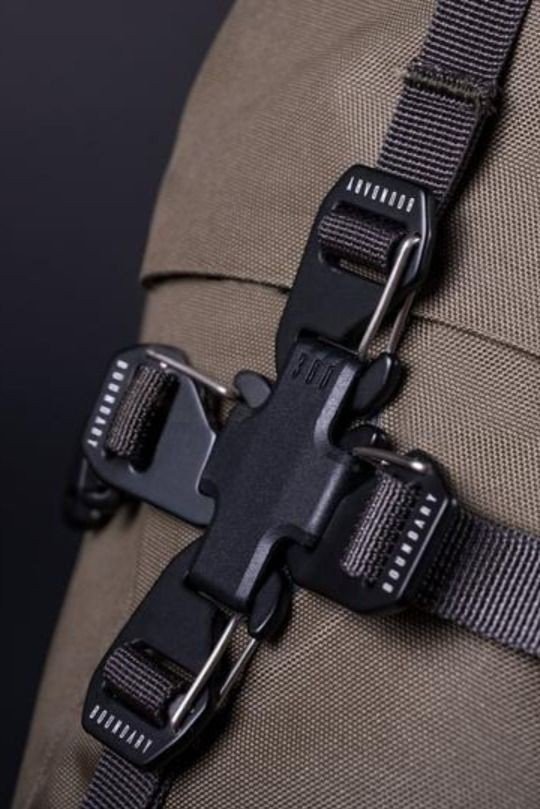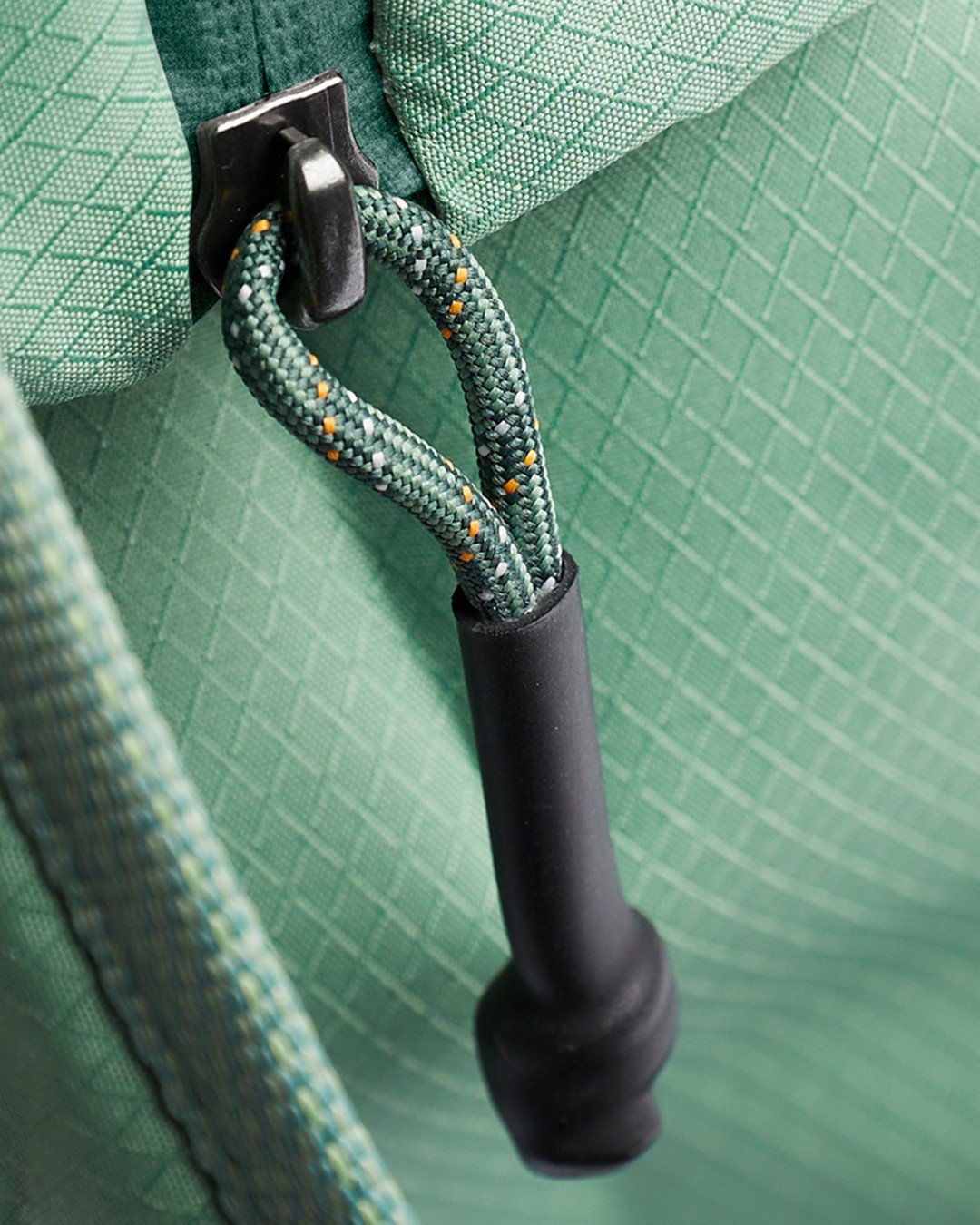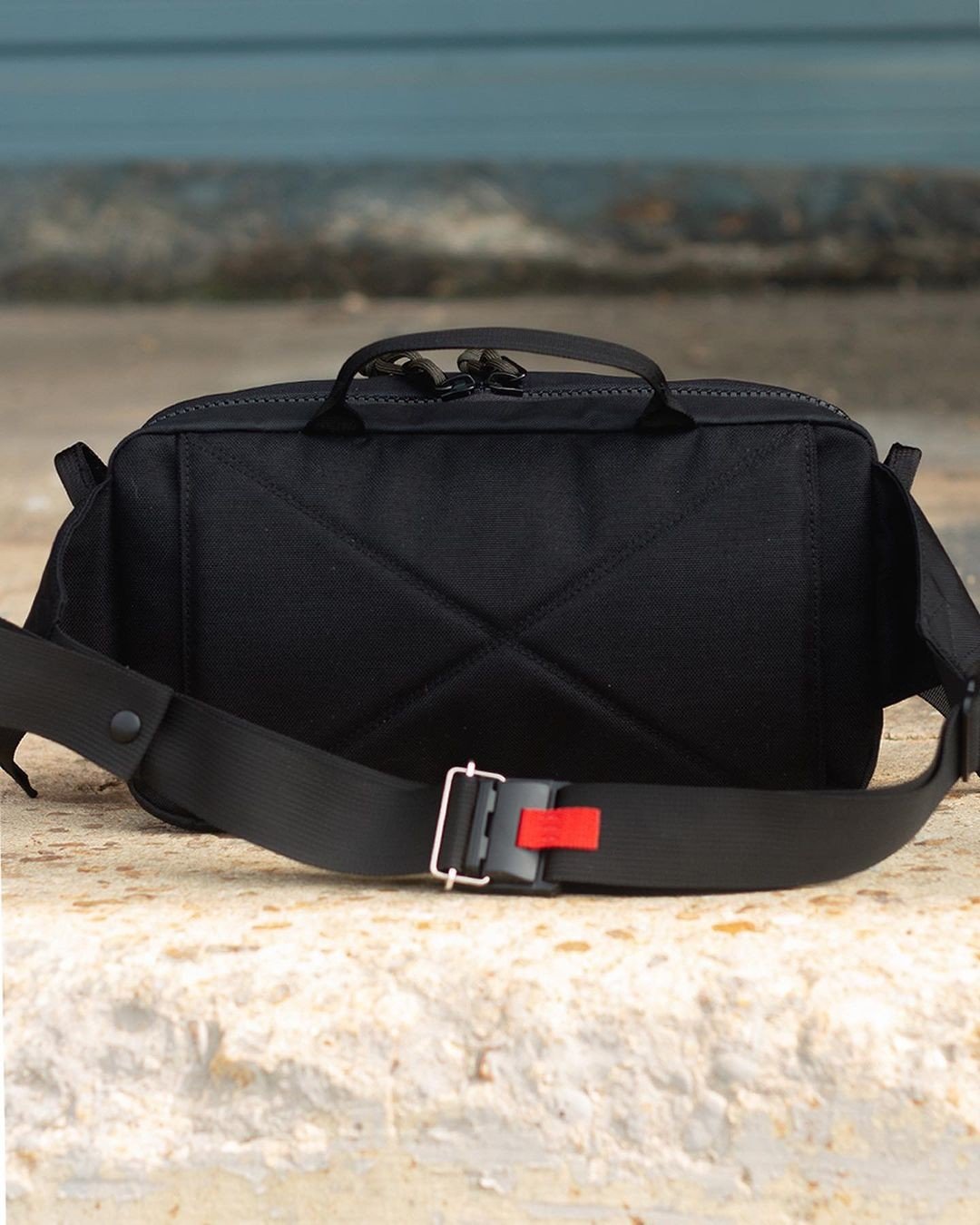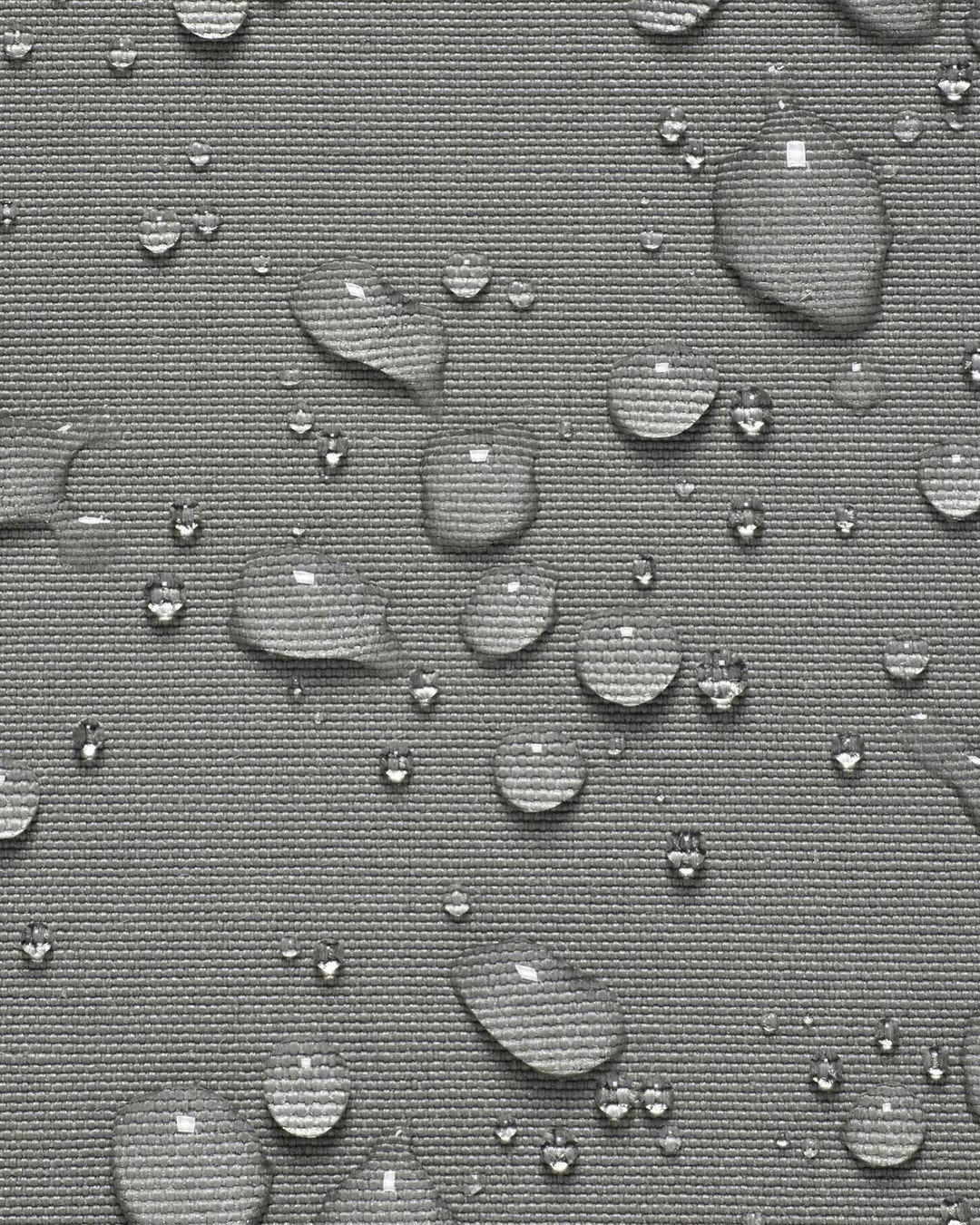quest
65L & 45L EXPEDITION PACK
The Quest 65 and 45 liter packs have been meticulously designed to function as a "big brother, little brother" pairing, focusing on internal organization, ease of accessibility, space, and ergonomics. The overarching goal was to offer a seamless user experience, ensuring that both seasoned hikers and novices can benefit from thoughtful features that enhance outdoor adventures.
BRAND
QUEST
ROLE
LEAD DESIGNER
proJECT goals
organization, comfort and accessibility
When designing these technical hiking packs, the main pillars of organization, comfort, and accessibility were carefully integrated into every aspect of the design. Organization was prioritized to ensure that all gear could be stored systematically, allowing for quick access to essentials while on the trail. Comfort was a key goal, with ergonomic features that promote ease of use and reduce strain during long hikes. Accessibility was also a significant consideration, making it easy for users to reach their gear without disrupting the pack's structure. Together, these elements create a functional and user-friendly experience for outdoor enthusiasts.
-
Organization of items and weight dispersal is critical in a great technical pack.
[organization]
-
Lumbar support is critical to enjoying the big moments on the trail.
[comfort]
[accessibility]
-
Items need to be accessible, quickly and easily.
qualitative research
user needs and concerns
Data was gathered through qualitative user research for hikers using several key methods. Field observations were integral to the research.
latane
[organization]
“An organized hiking pack not only enhances efficiency but also ensures that each item is easily accessible, making the journey smoother and more enjoyable.”.
john
[comfort]
“Proper lumbar support and comfort are essential for a great hiking pack, ensuring you stay energized and focused on the journey ahead.”
moira
[accessibility]
“Quick accessibility to equipment is can be make or break in a pack. It allows for seamless adjustments and creative opportunities without missing a moment.”
anthropometrics
direct
Emphasizing clarity in functionality and accessibility. Prioritizing user experience through intuitive navigation, significantly enhancing organization and retrieval of items. Storage systems that streamline interactions, enabling users to effortlessly access and manage their belongings while on the trail.
concept ideation
rapid sketch conceptualization
During the concepting and sketch ideation phase, the key ideas of comfort, accessibility, and organization were paramount. The packs should accommodate diverse body types and provides adequate support for prolonged wear, intuitive openings that allow for easy retrieval of gear while on the move, lastly, we prioritized organization, incorporating multiple compartments and smart storage solutions to keep essentials neatly arranged and within reach.
details
Each element, from buckles to zipper pulls, plays a crucial role in functionality and accessibility. Thoughtfully chosen materials and intuitive designs enhance the user experience, ensuring that every interaction is seamless.
material Selection
properties and selection
Choosing the right material for a technical hiking pack is essential for ensuring durability and performance in various conditions. When evaluating options, consider factors like water resistance, weight, and cost. A fabric that boasts high water resistance will safeguard your belongings against moisture, while lightweight materials enhance comfort during long hikes. It is important to strike a balance between these properties and cost, as high-quality materials can provide better longevity and performance without exceeding budget constraints.
Ballistic Nylon
Material Type: High-tenacity, densely woven nylon fabric
Denier Rating: Typically 840D, 1050D, or 1680D (very heavy-duty)
Key Properties:
Extremely strong and abrasion-resistant
Originally developed for military body armor (ballistic resistance to fragmentation)
Water-resistant with coatings; can be stiff and rugged
X-Pac
Material Type: Laminated composite fabric (often multi-layer)
Construction: Typically made of a face fabric (e.g. nylon), X-grid polyester reinforcement, and a waterproof film backing (e.g. PET or PTFE)
Key Properties:
Extremely lightweight yet strong and tear-resistant
Highly water-resistant to waterproof
Dimensionally stable (minimal stretch or sag)
Polyester Ripstop
Material Type: Woven polyester with ripstop grid pattern
Denier Rating: Varies (often 150D–600D)
Key Properties:
Less stretch and UV degradation compared to nylon
Moderate tear and abrasion resistance
Water-resistant with coatings, dries quickly
600D Polyoxford
Material Type: Woven polyester fabric
Denier Rating: 600D (medium-weight)
Finish: Often PU (polyurethane) coated for water resistance
Key Properties:
Durable and abrasion-resistant
Water-resistant (not fully waterproof unless laminated or coated)
Smooth texture, slightly glossy
210D Nylon Ripstop
Material Type: Lightweight nylon with ripstop weave
Denier Rating: 210D (lightweight)
Key Properties:
Strong for its weight due to ripstop reinforcement
Water-resistant when coated (e.g. DWR or PU)
Smooth hand feel, slightly translucent depending on color
We went with this option here’s why.
We selected 210d Nylon ripstop for our packs due to its durability and lightweight. This fabric provides strength for rigorous use while maintaining water resistance with a Durable Water Repellent (DWR) finish, ensures to keep your gear dry.
sample review
testing fit and feel
Dissecting each and every prototype was vital in the development of a polished final product.
sample | 1
sample | 2
sample | 3
sample | 4
45l feature set
bells and whistles
Mike runs you through the various features and important details of the Quest Expedition 65L technical hiking pack.
65l feature set
bells and whistles
Mike runs you through the various features and important details of the Quest Expedition 45L technical hiking pack.



